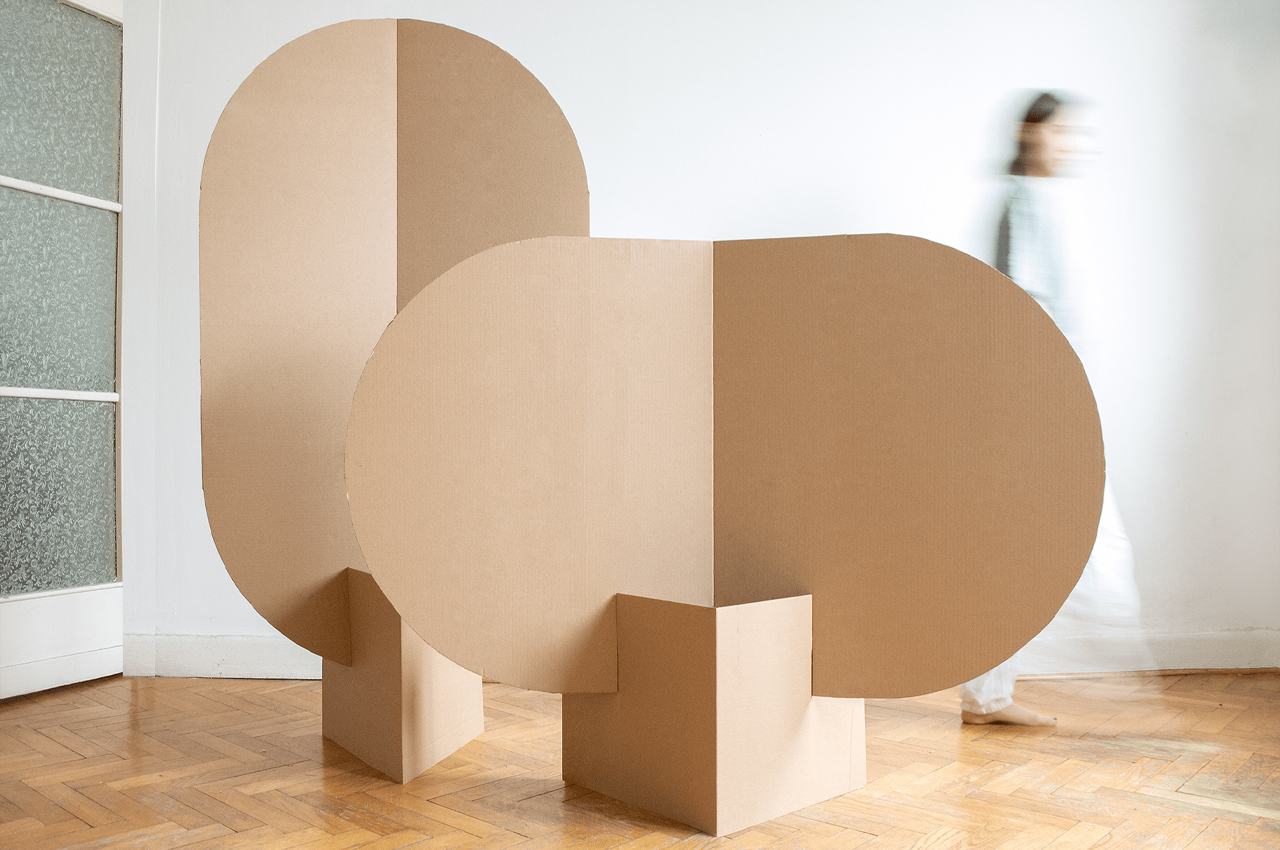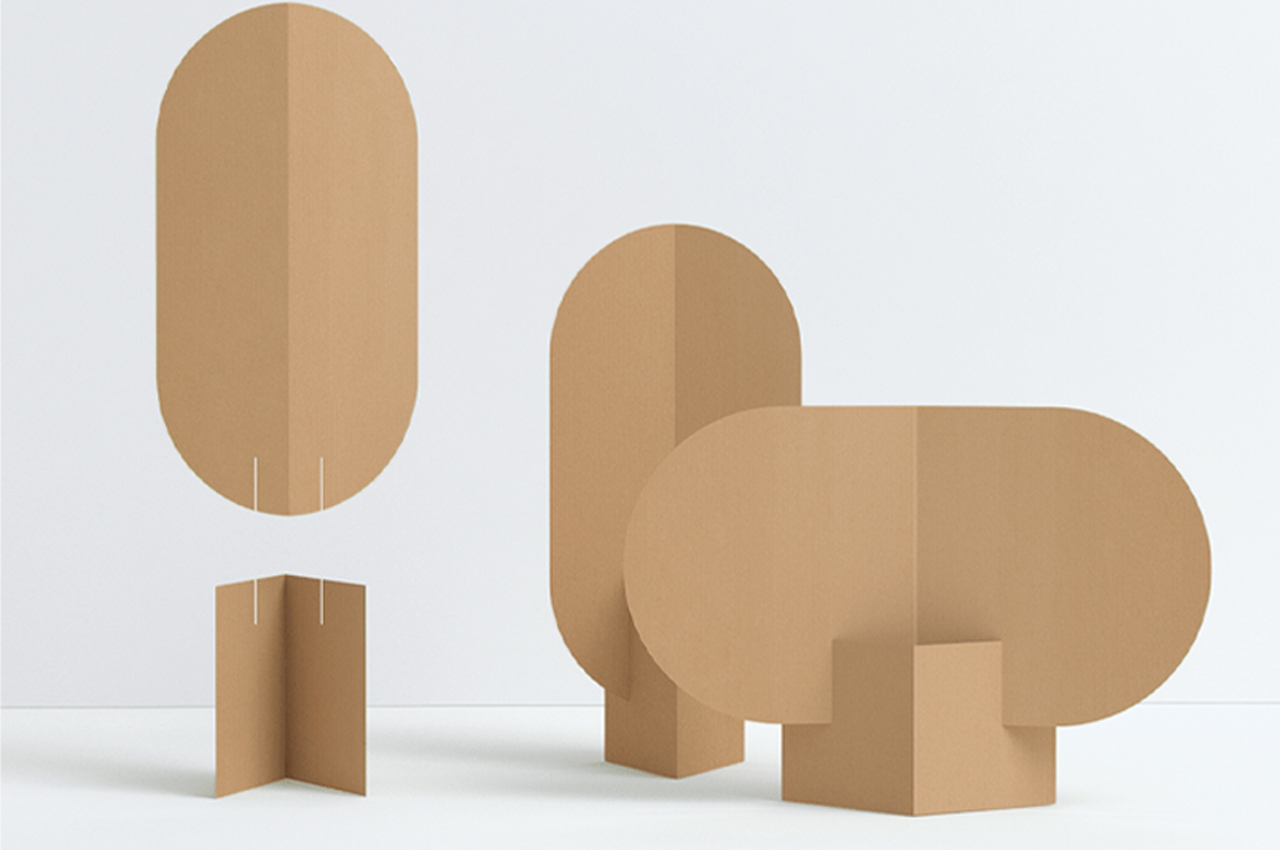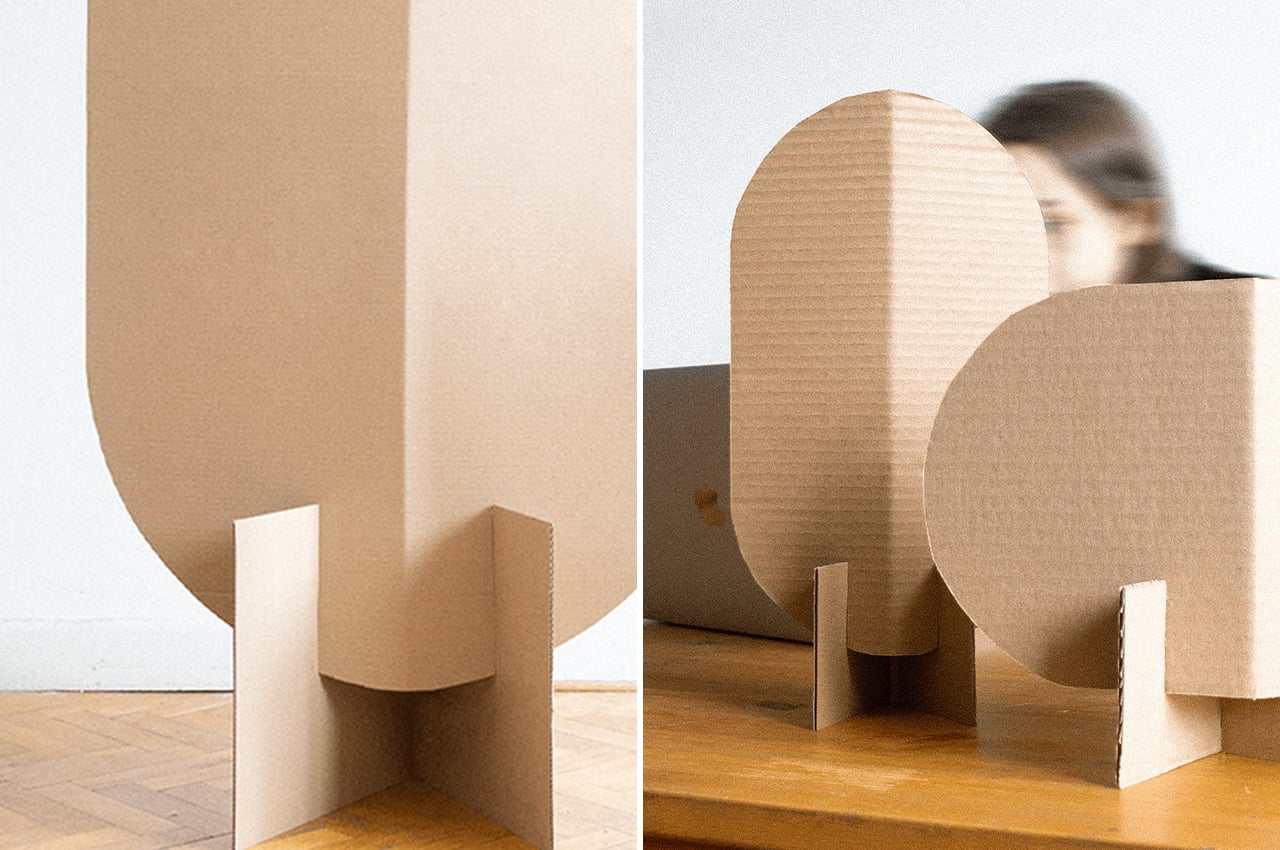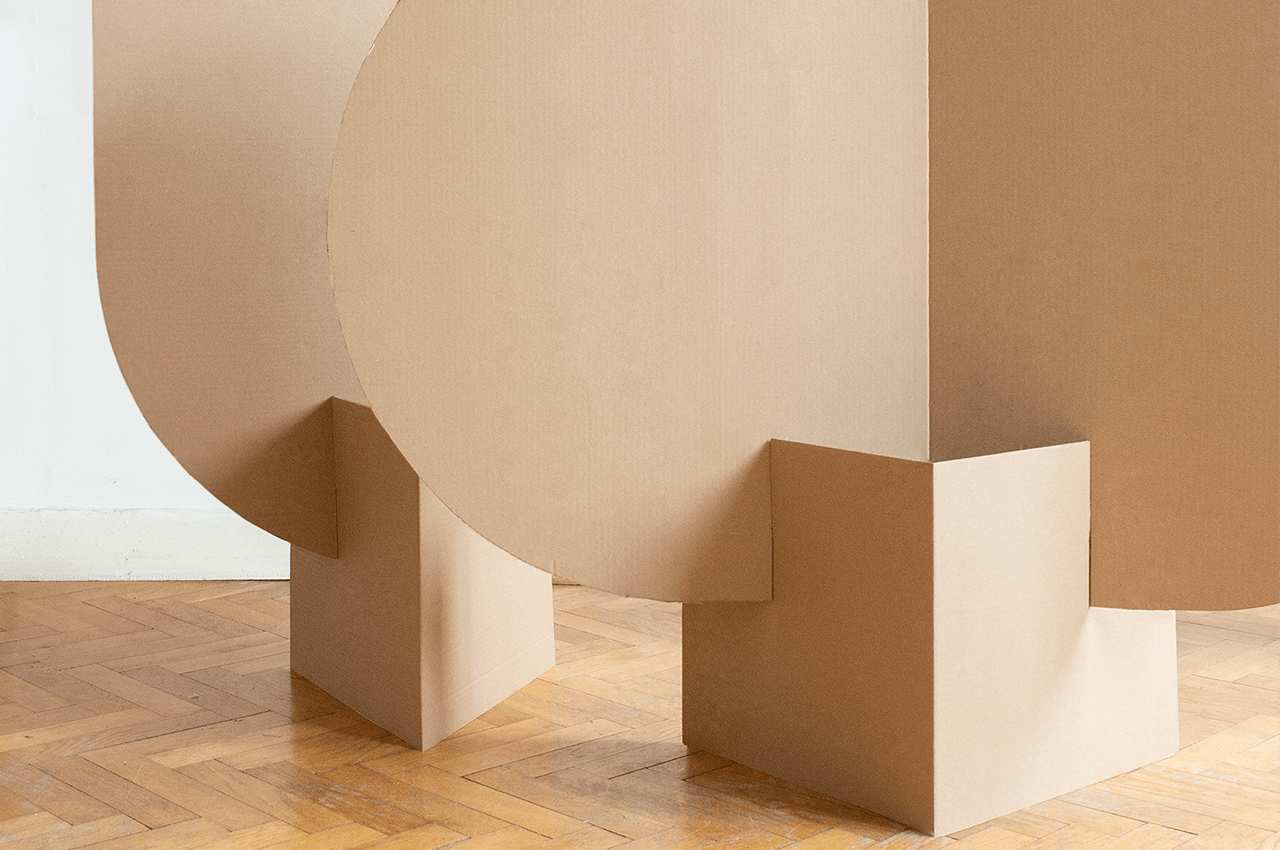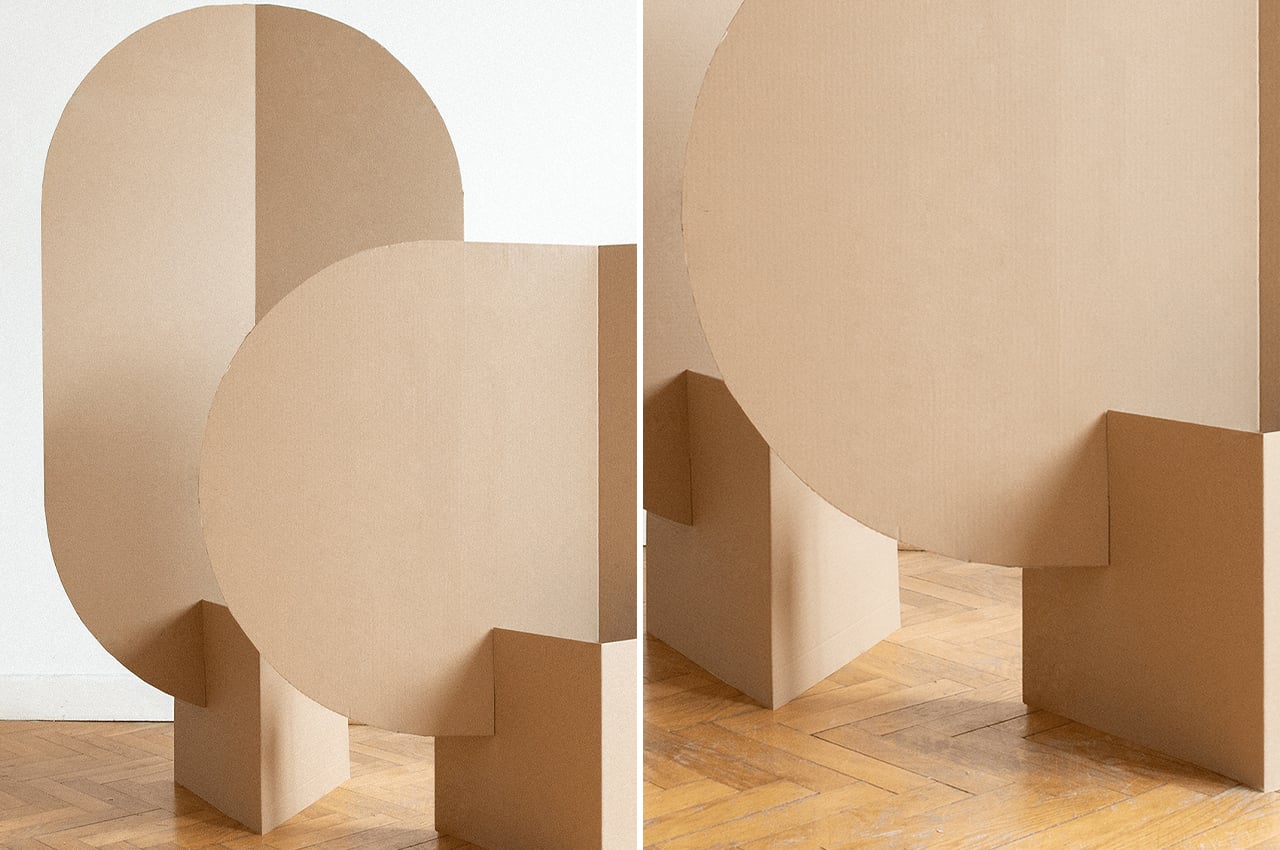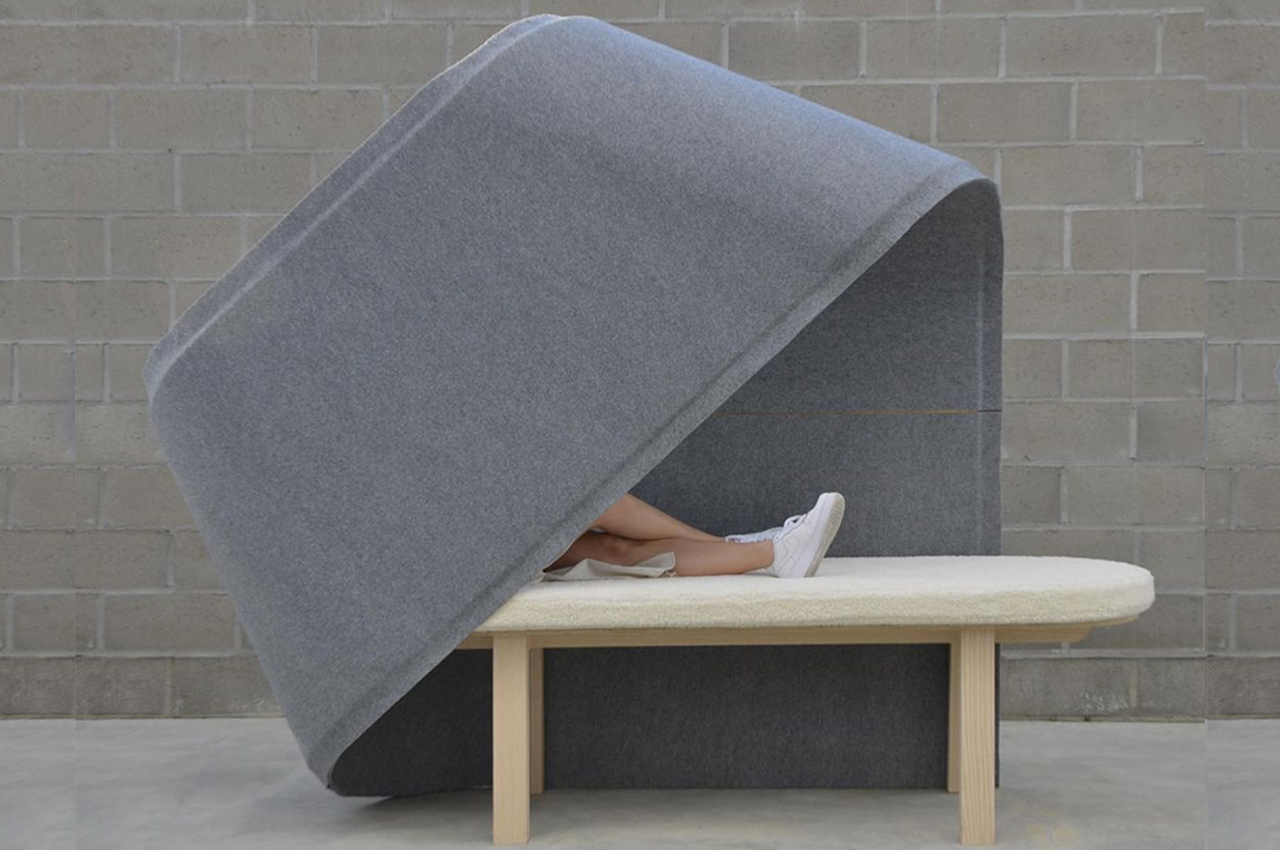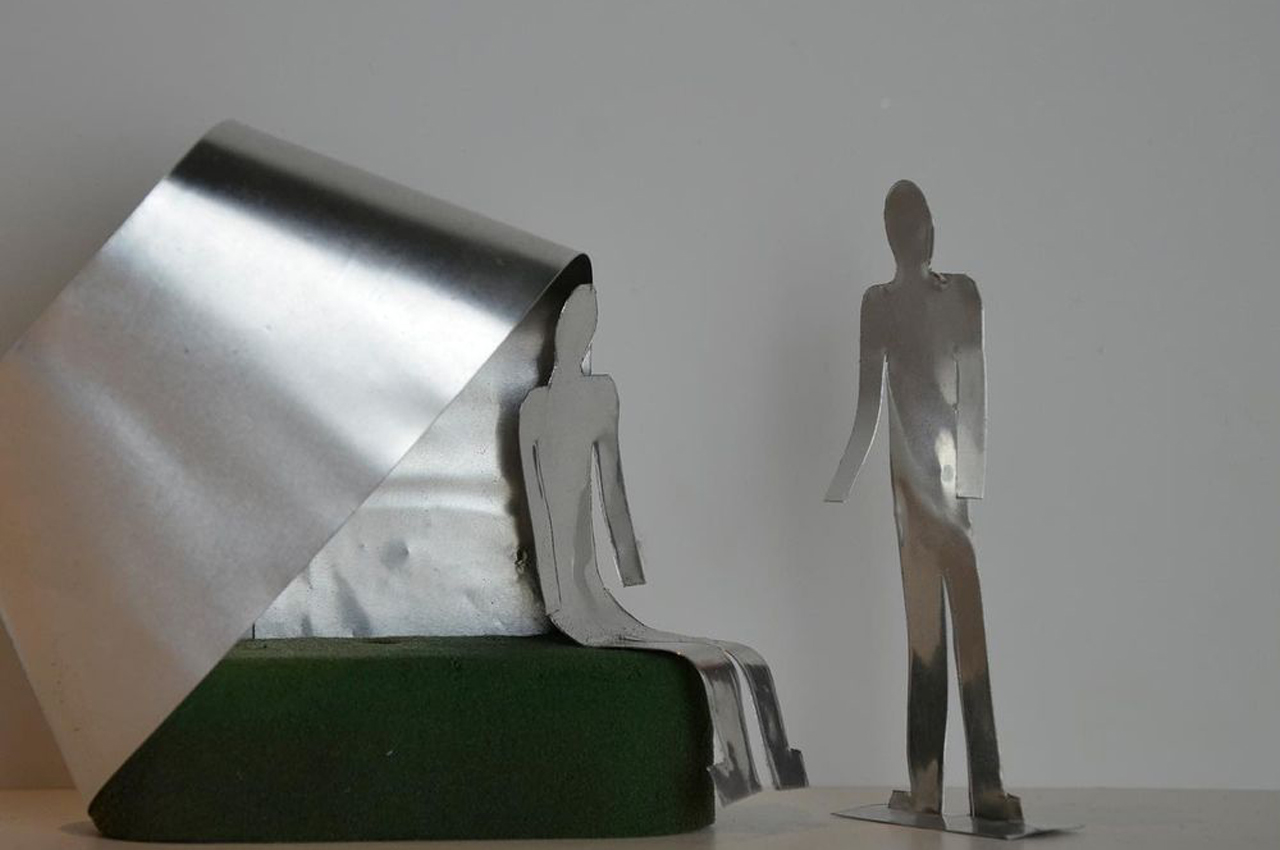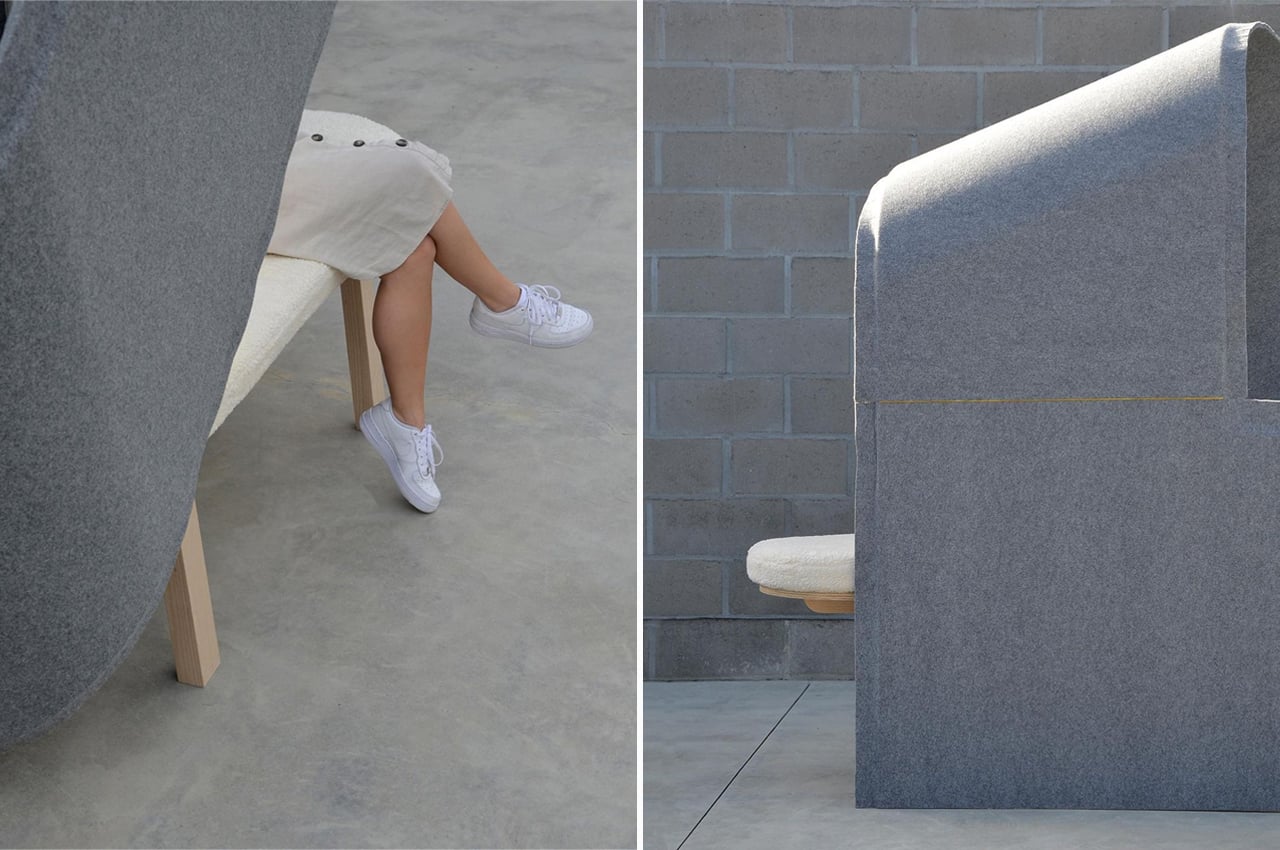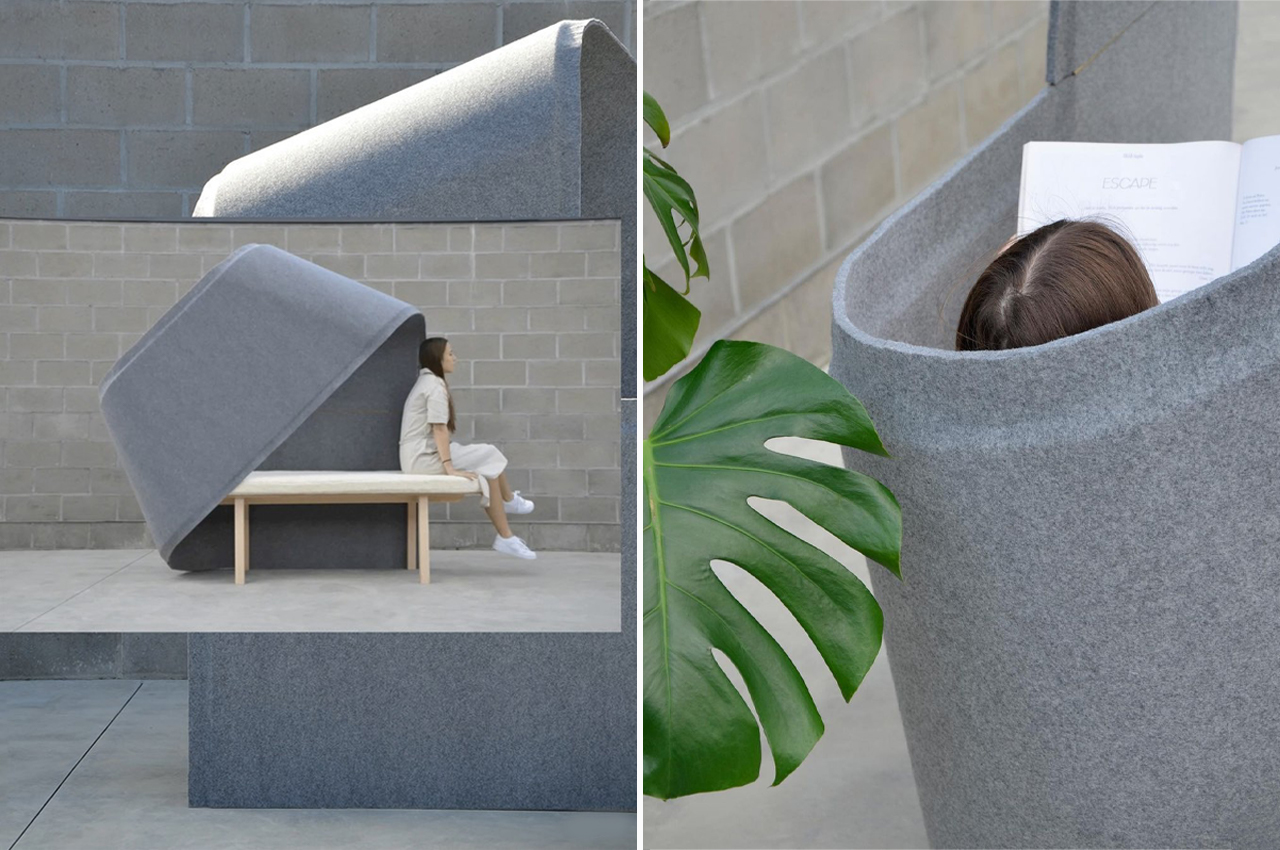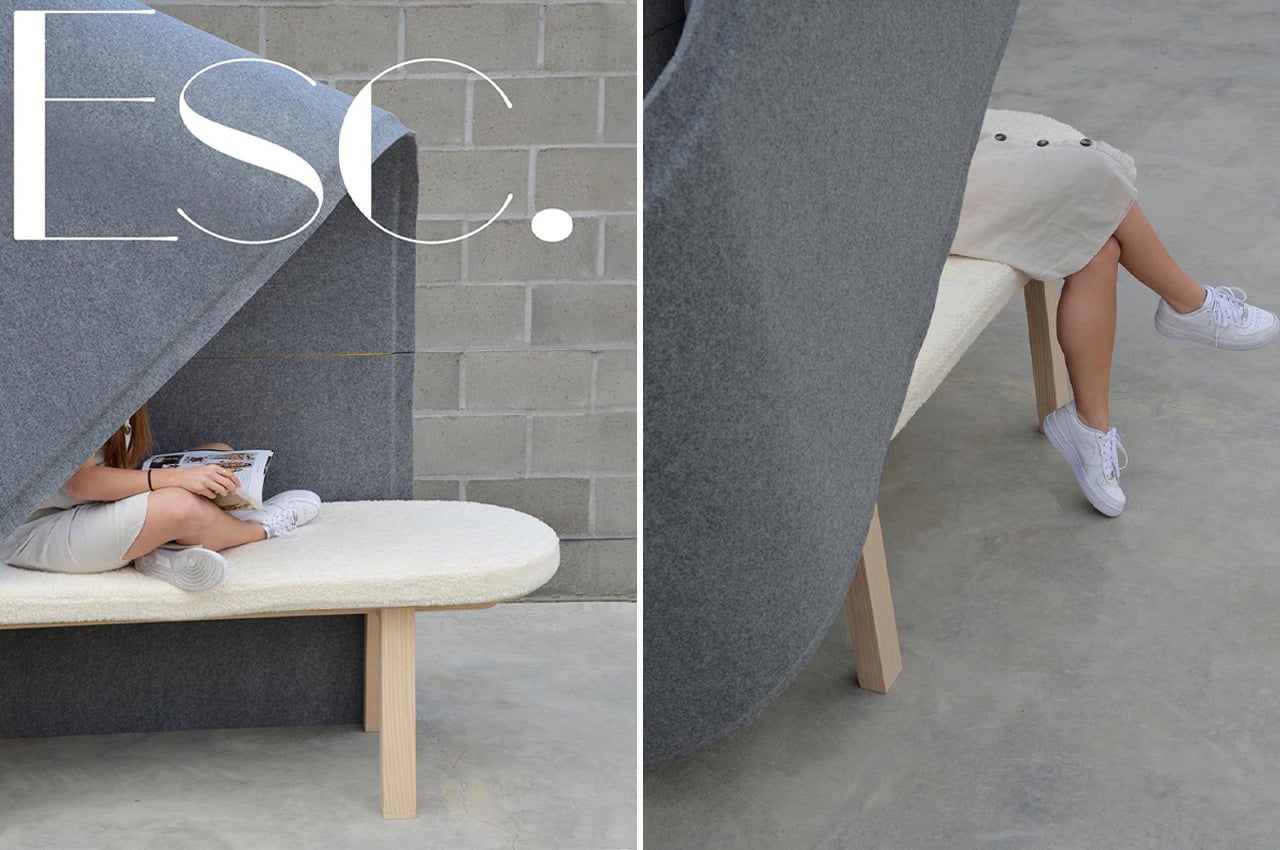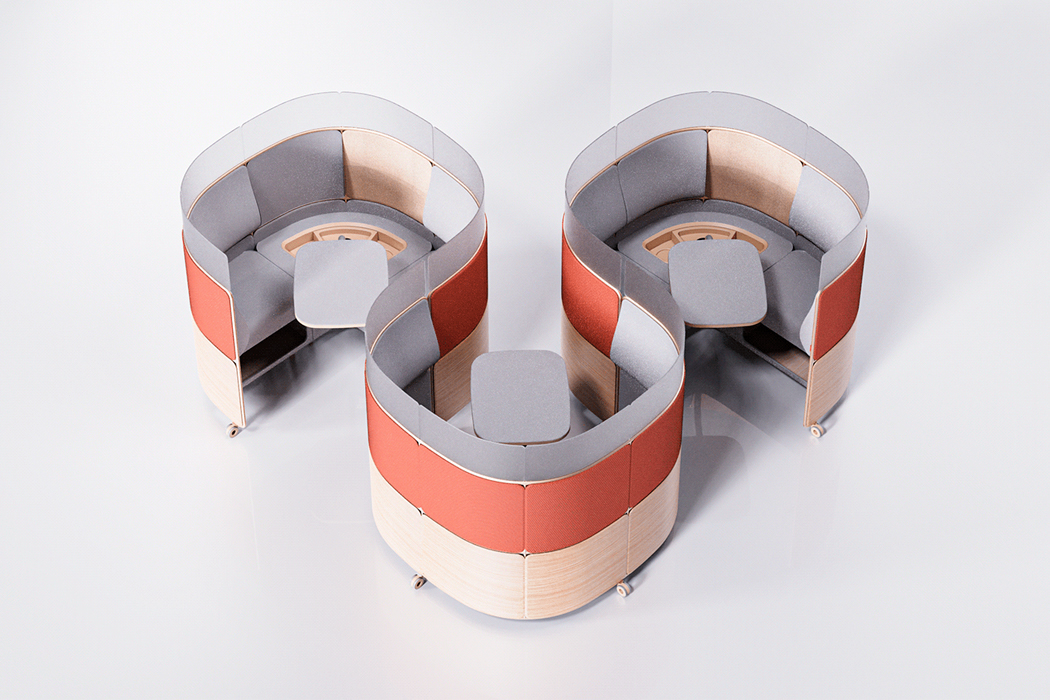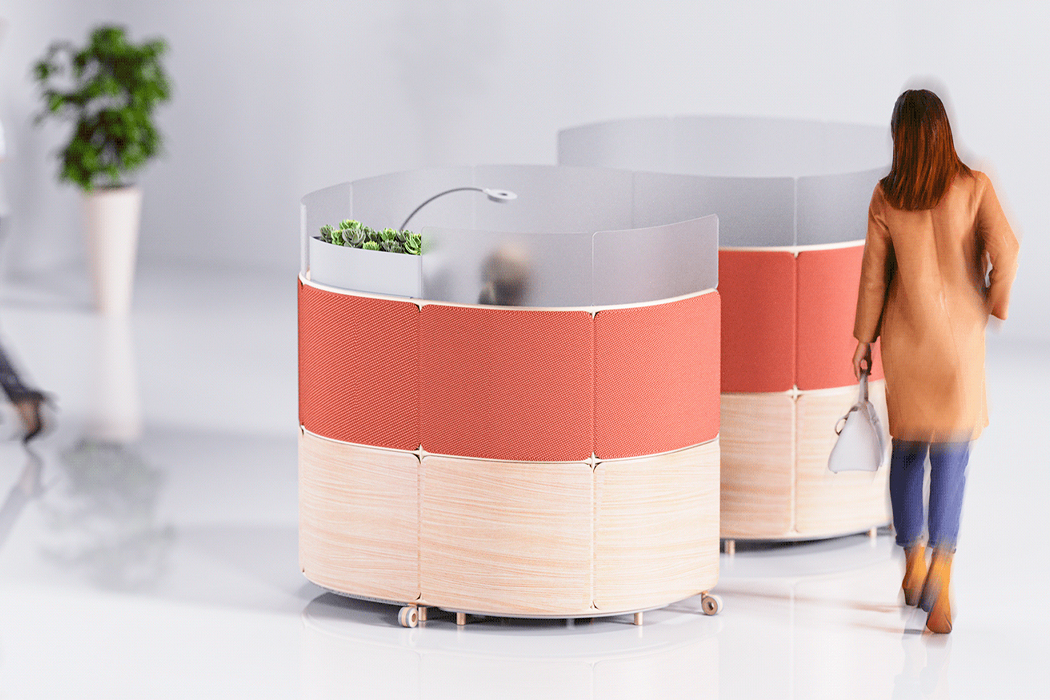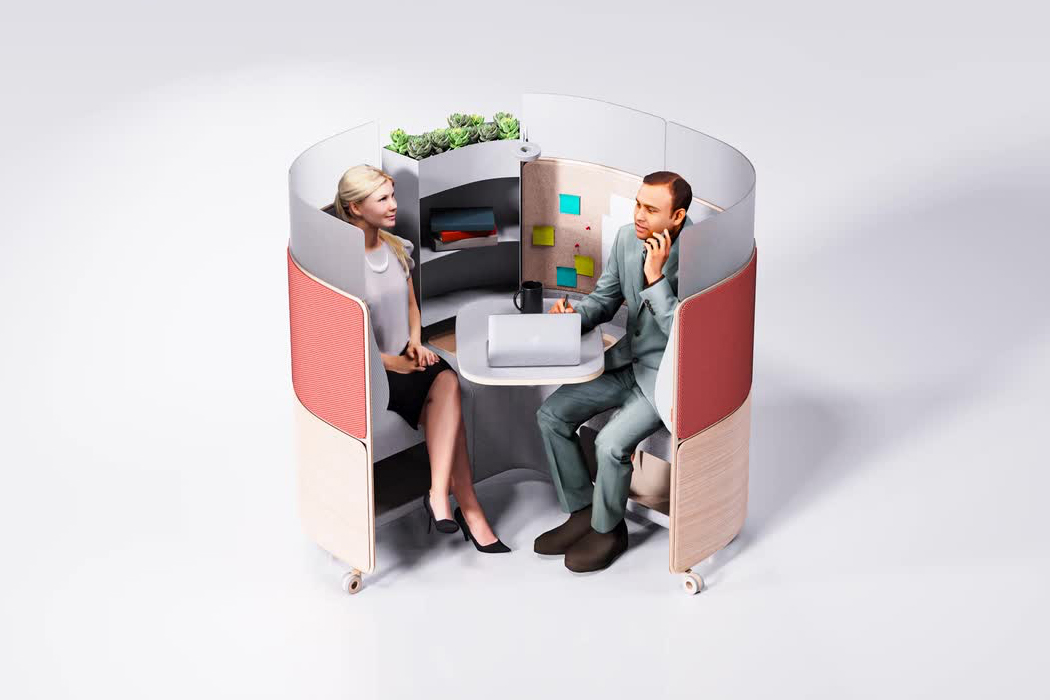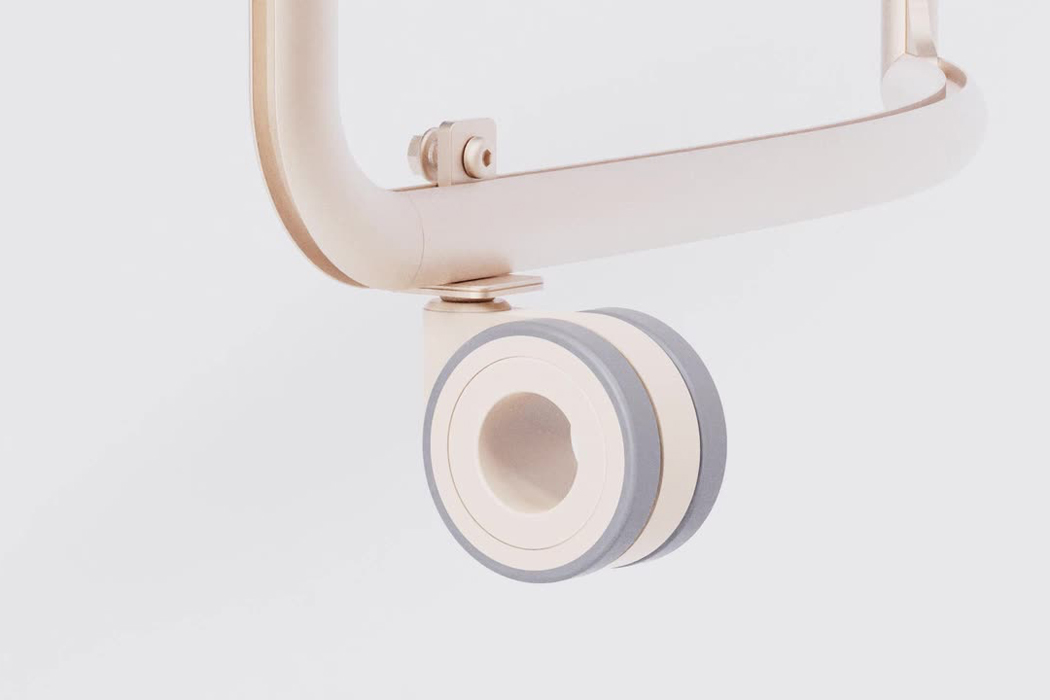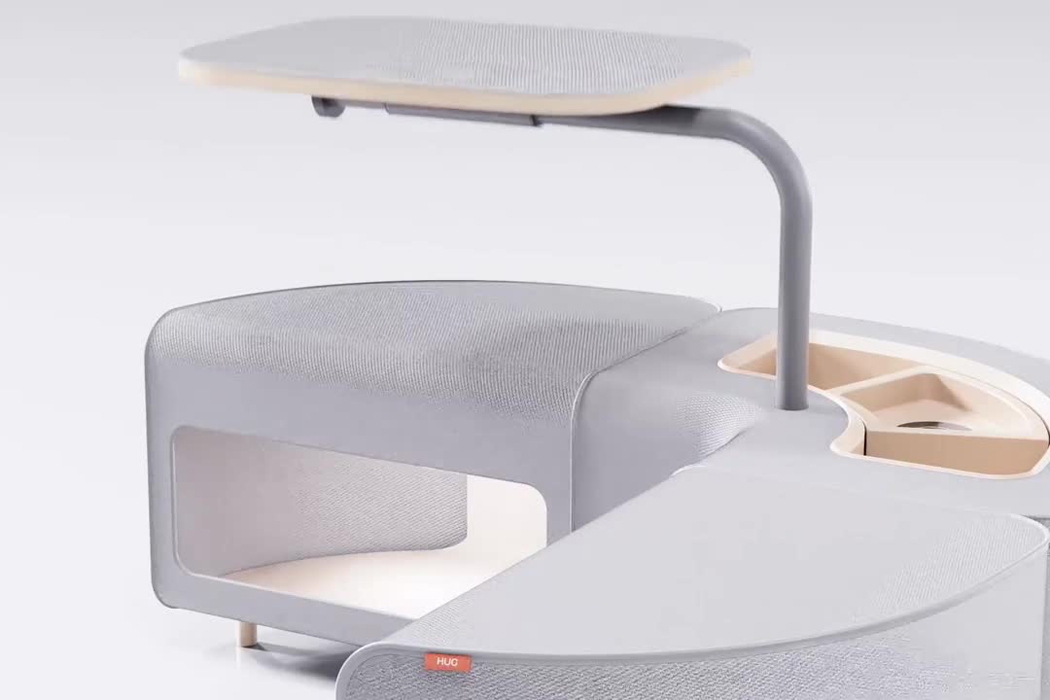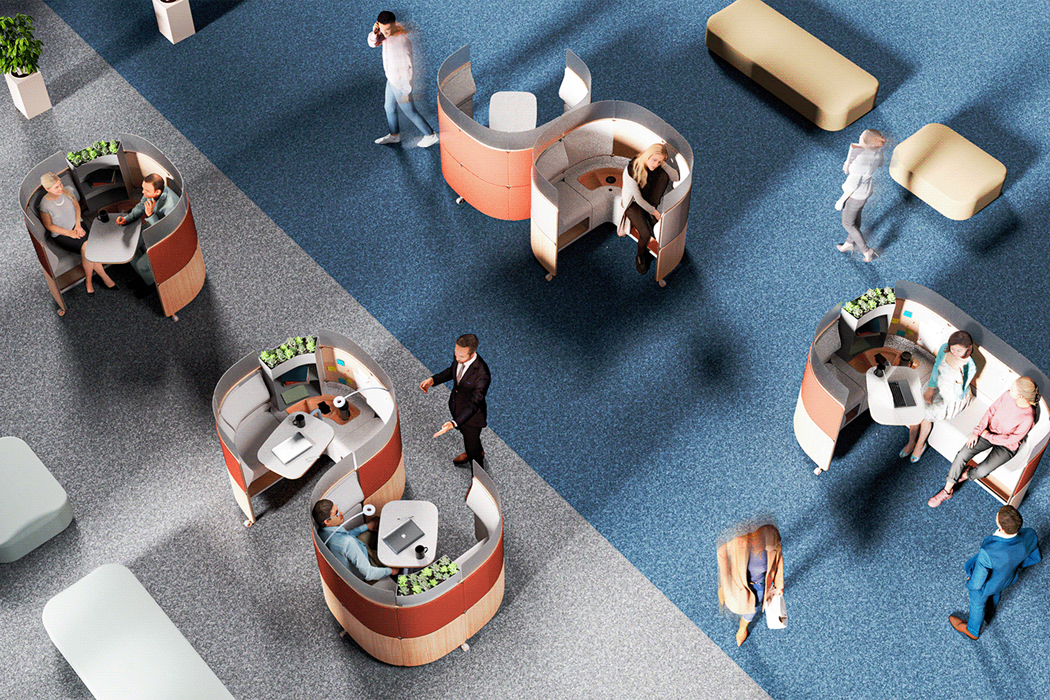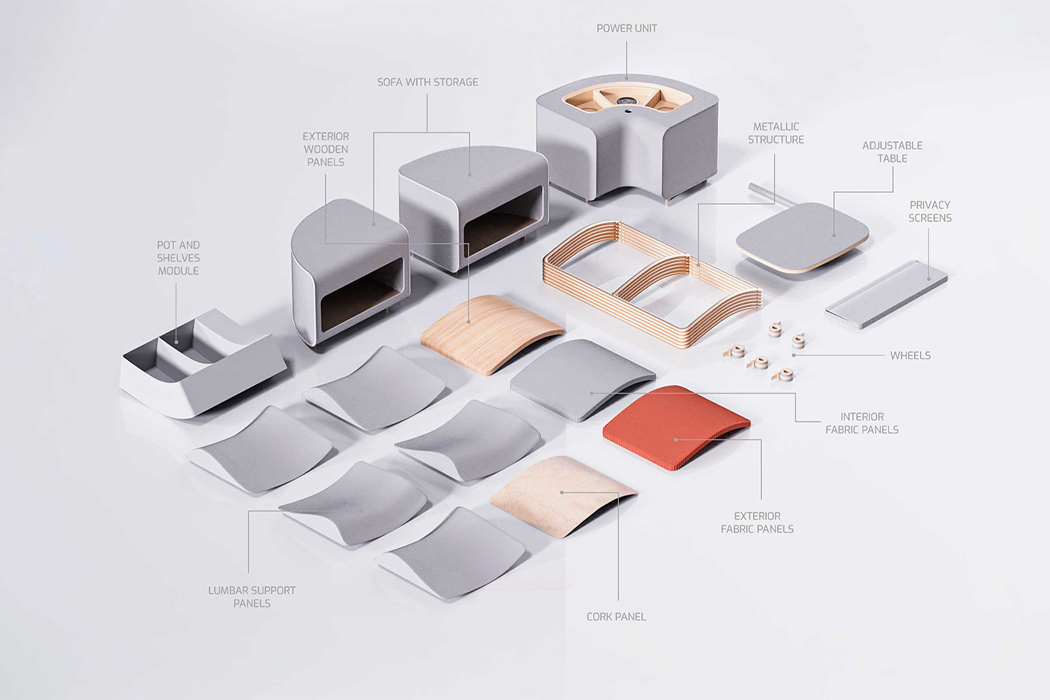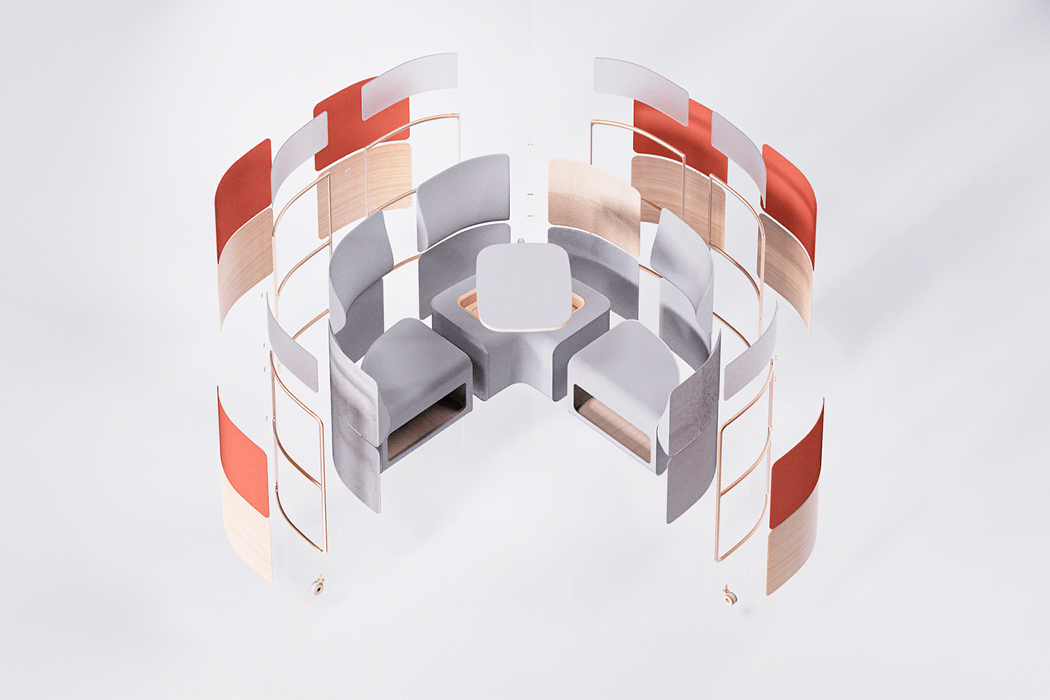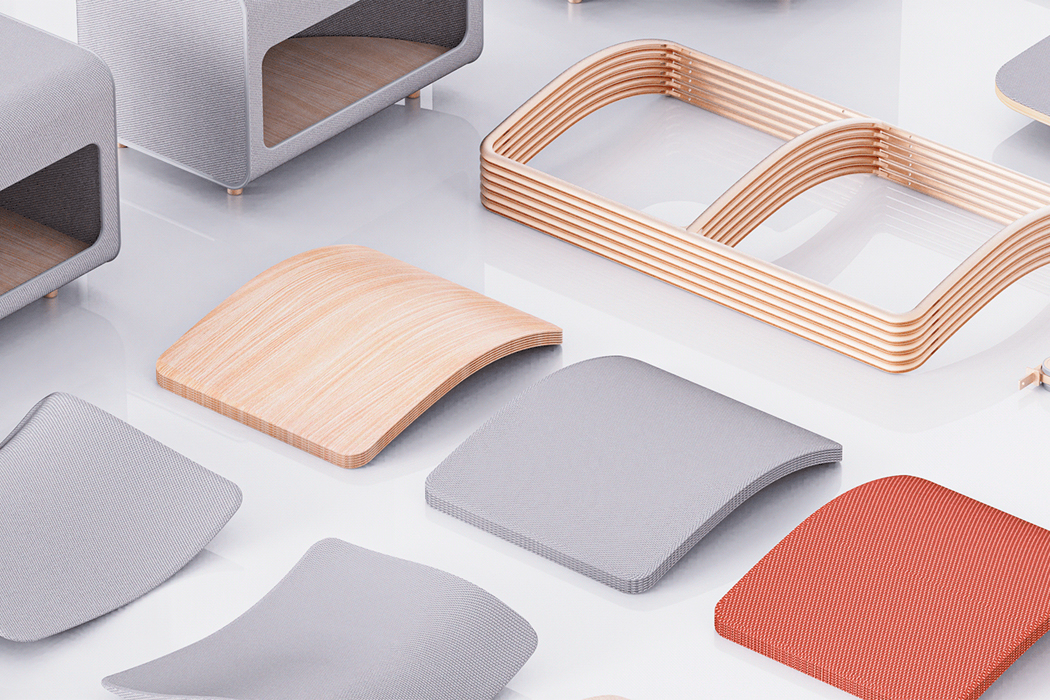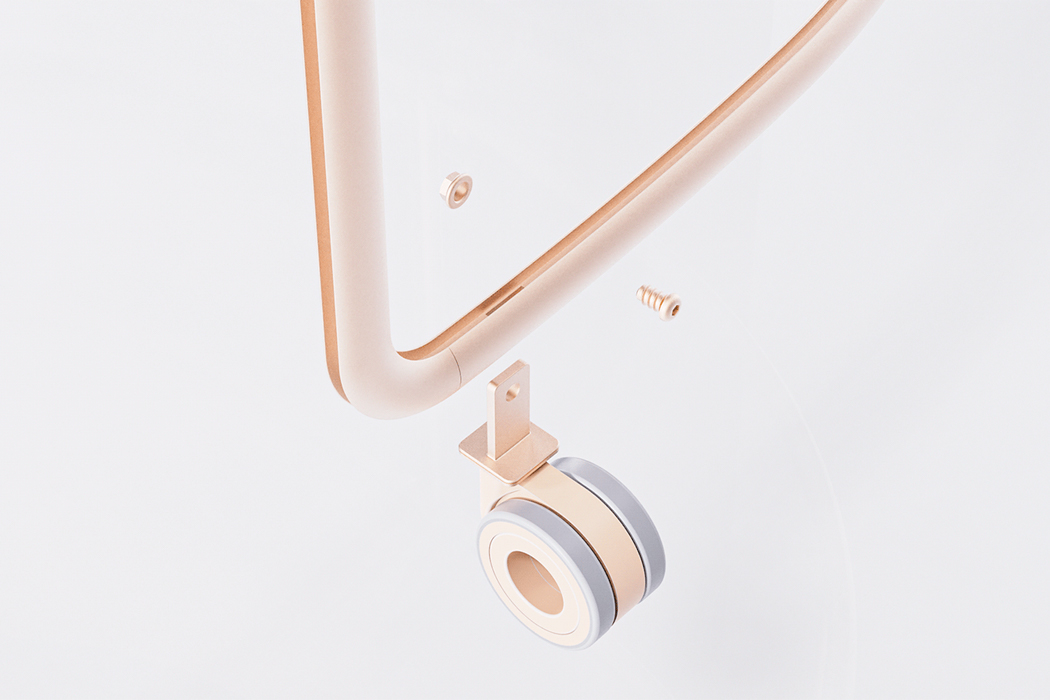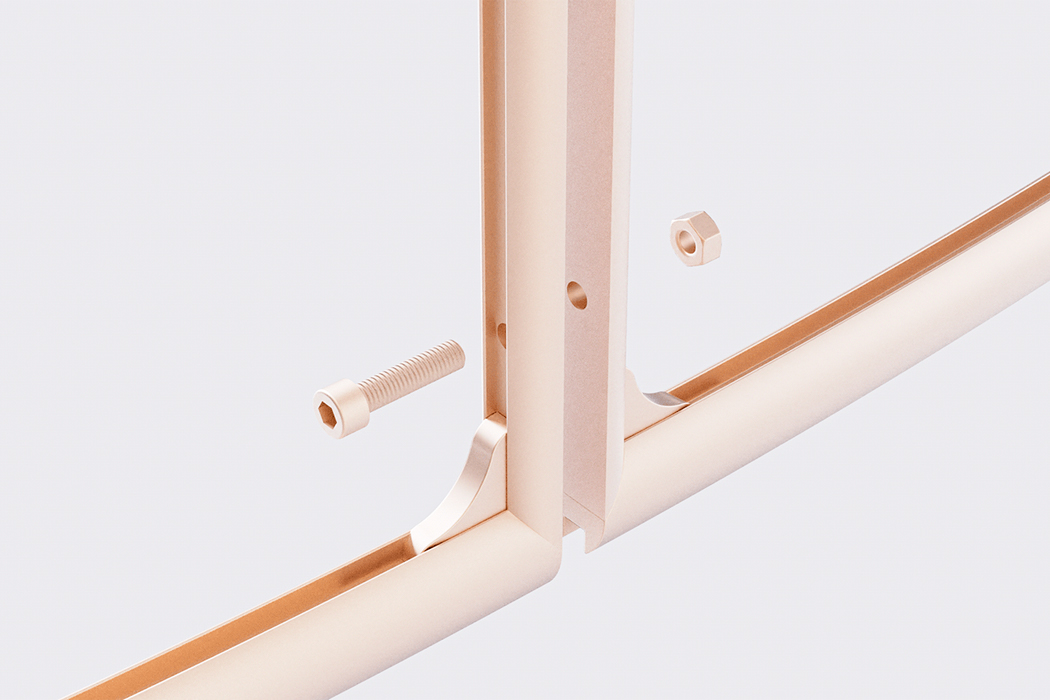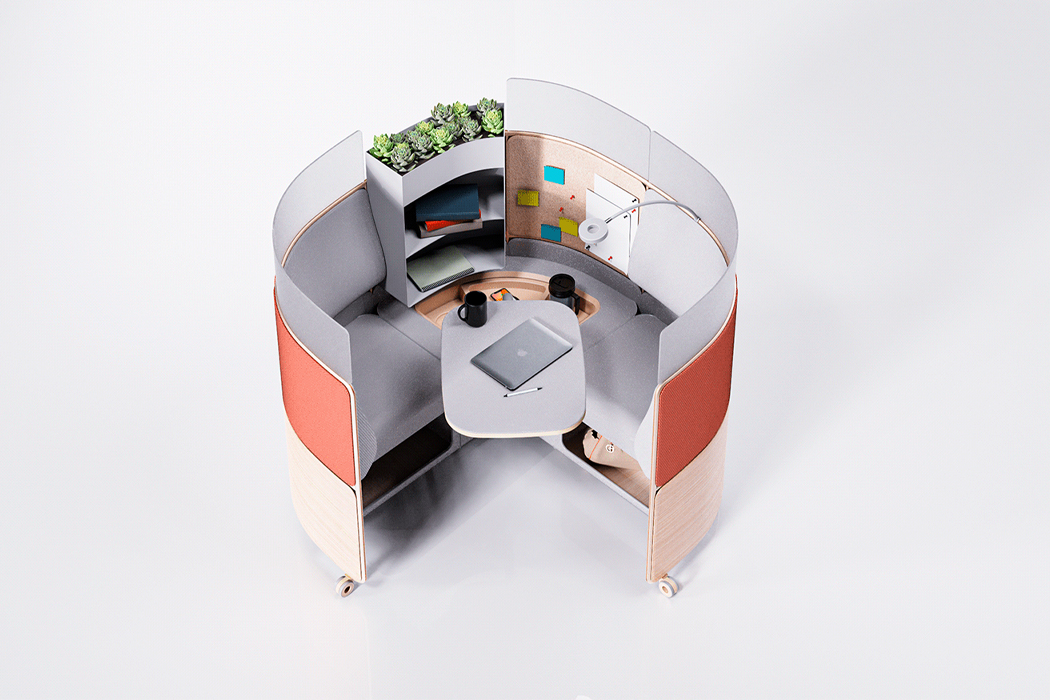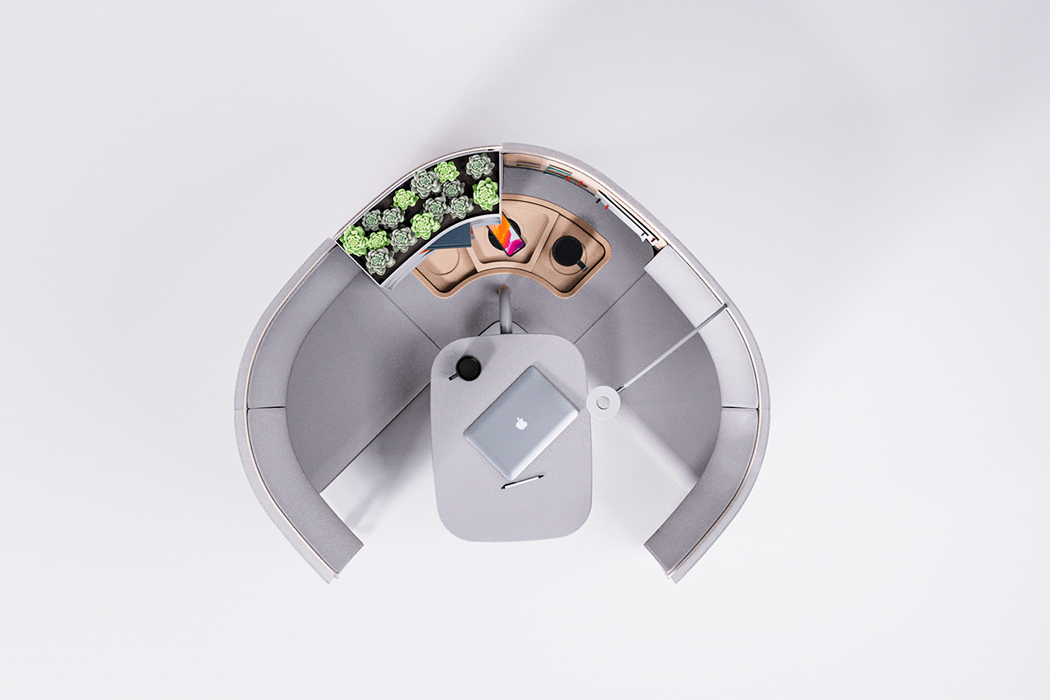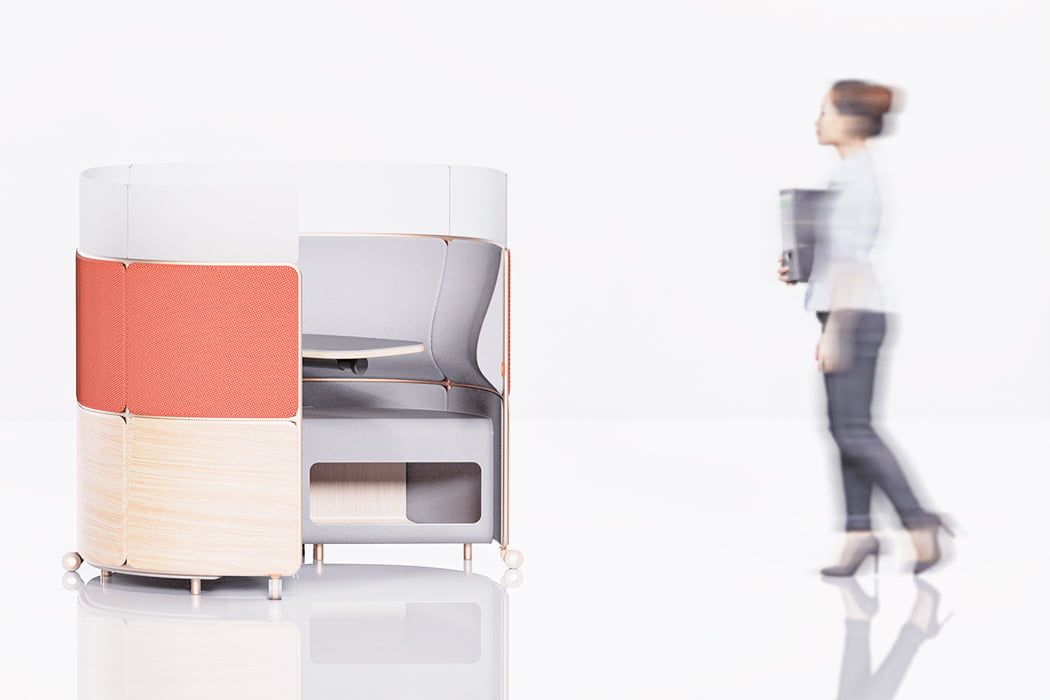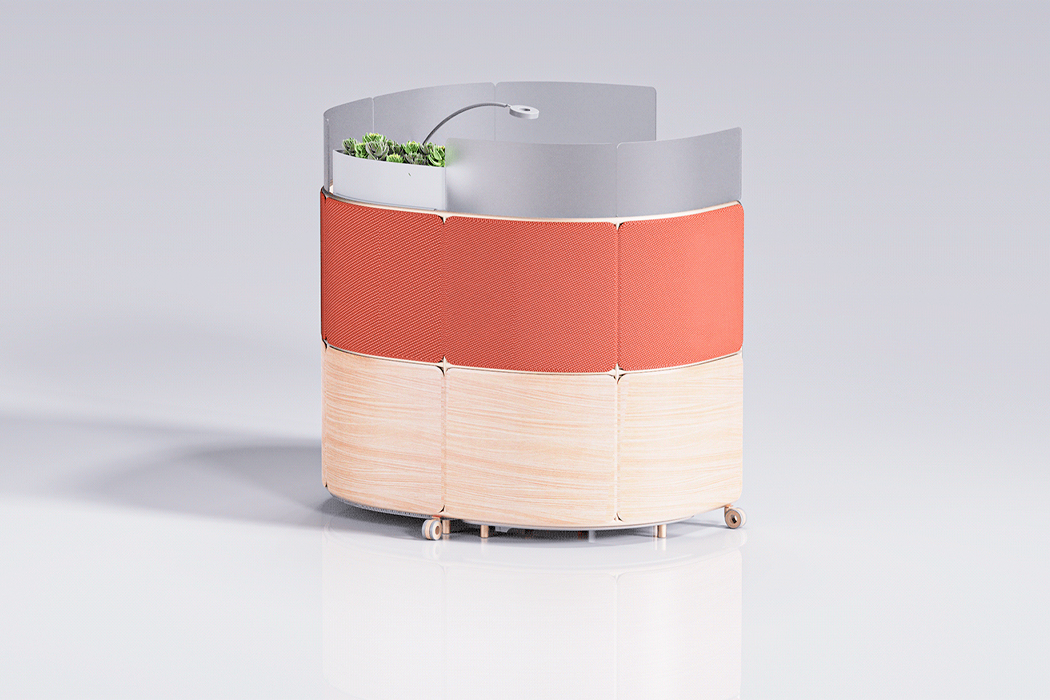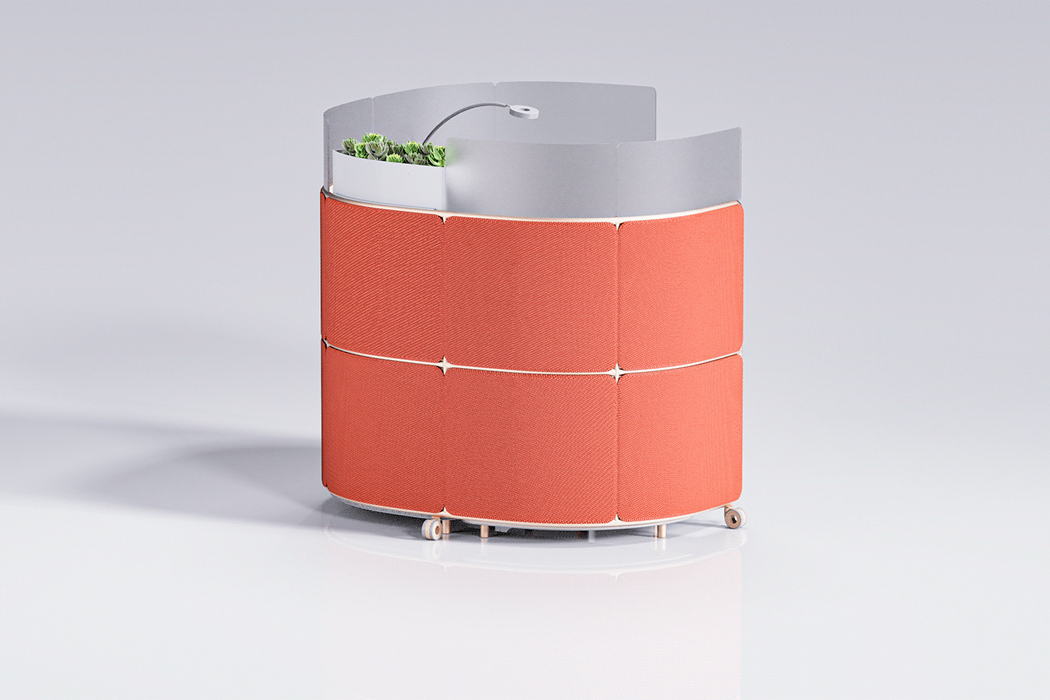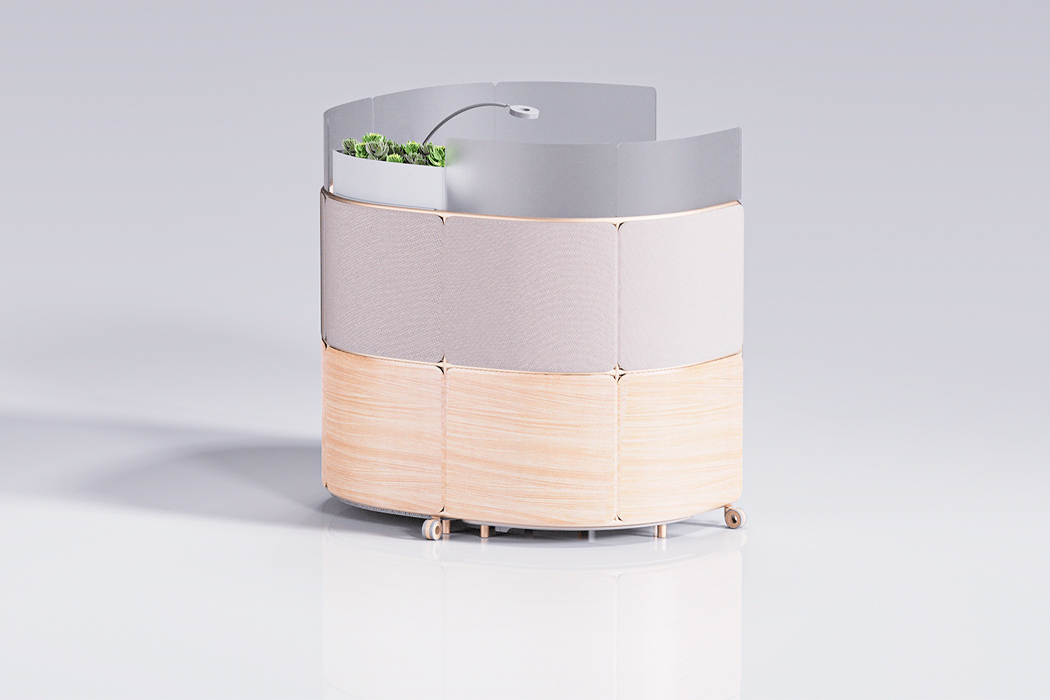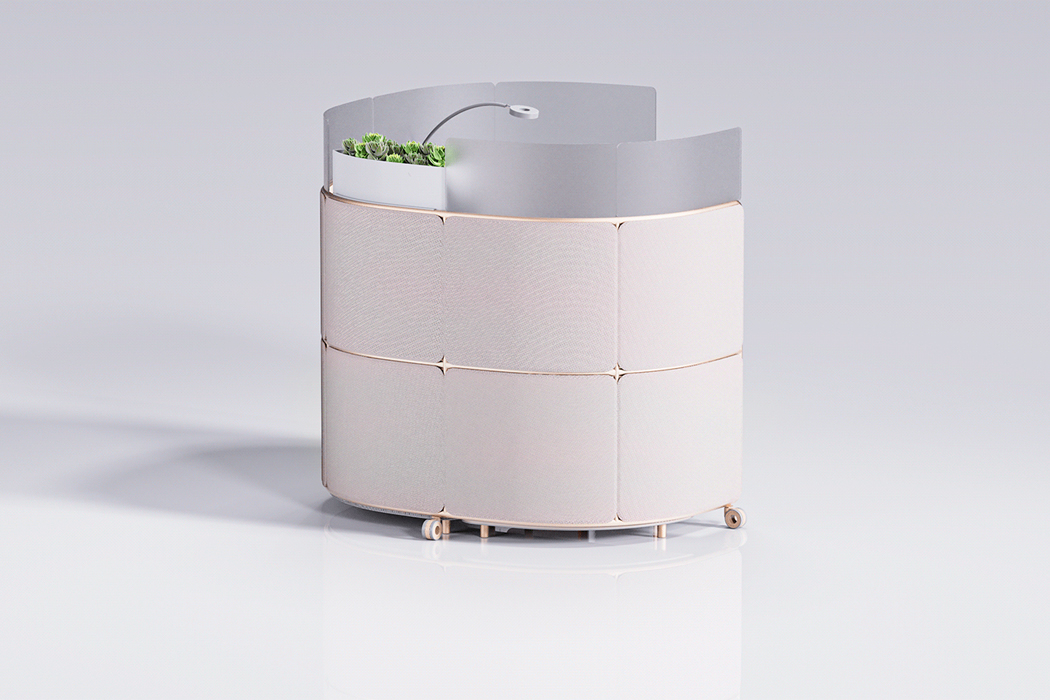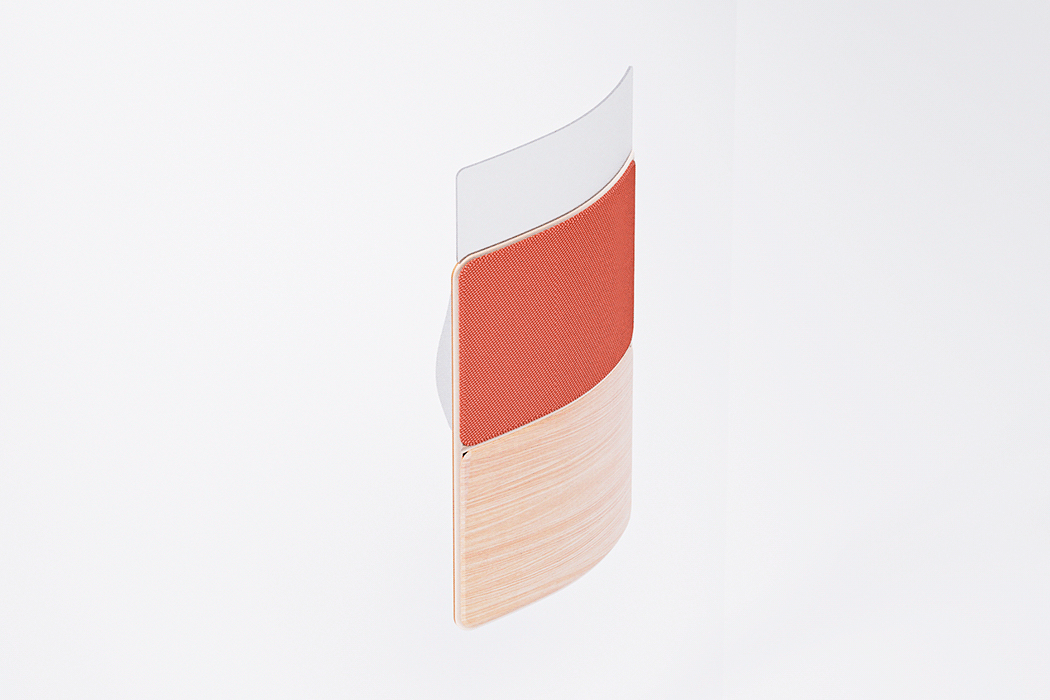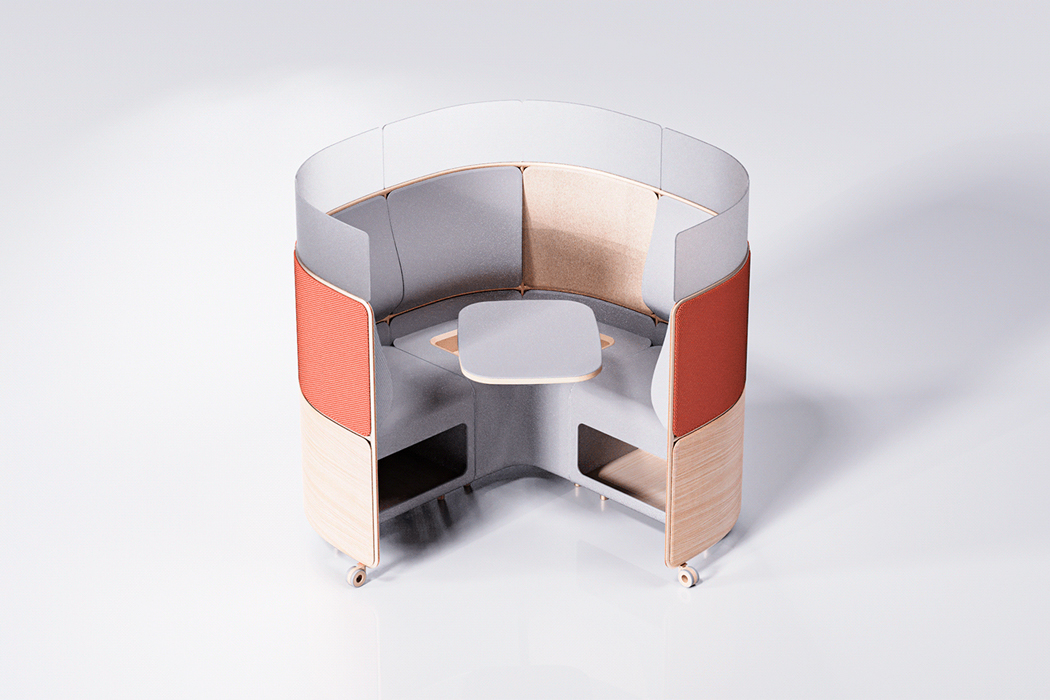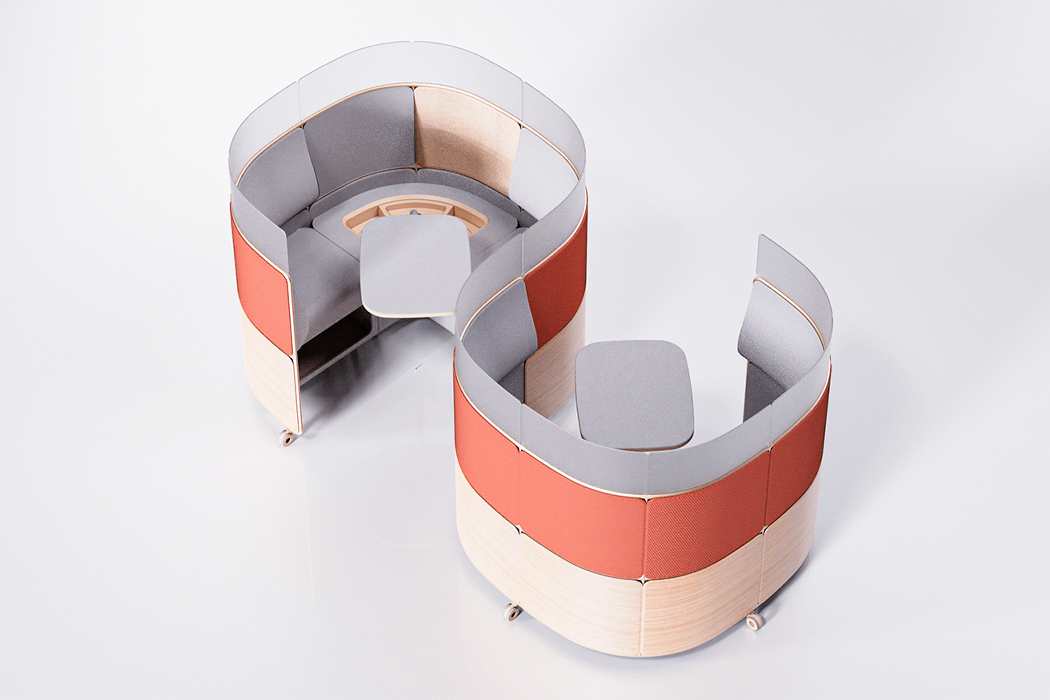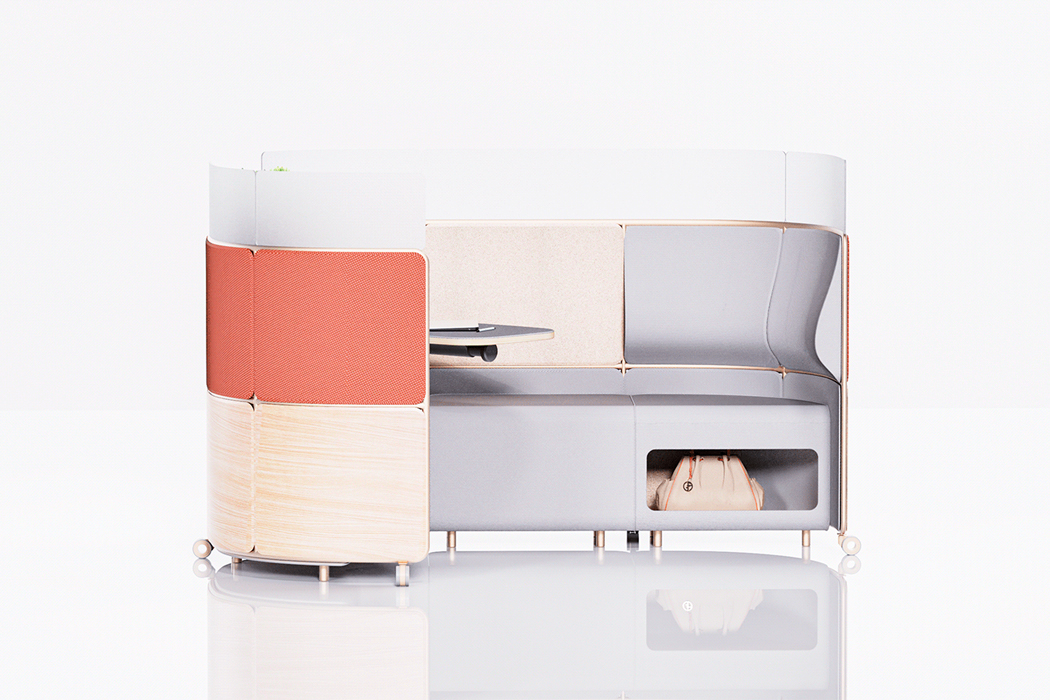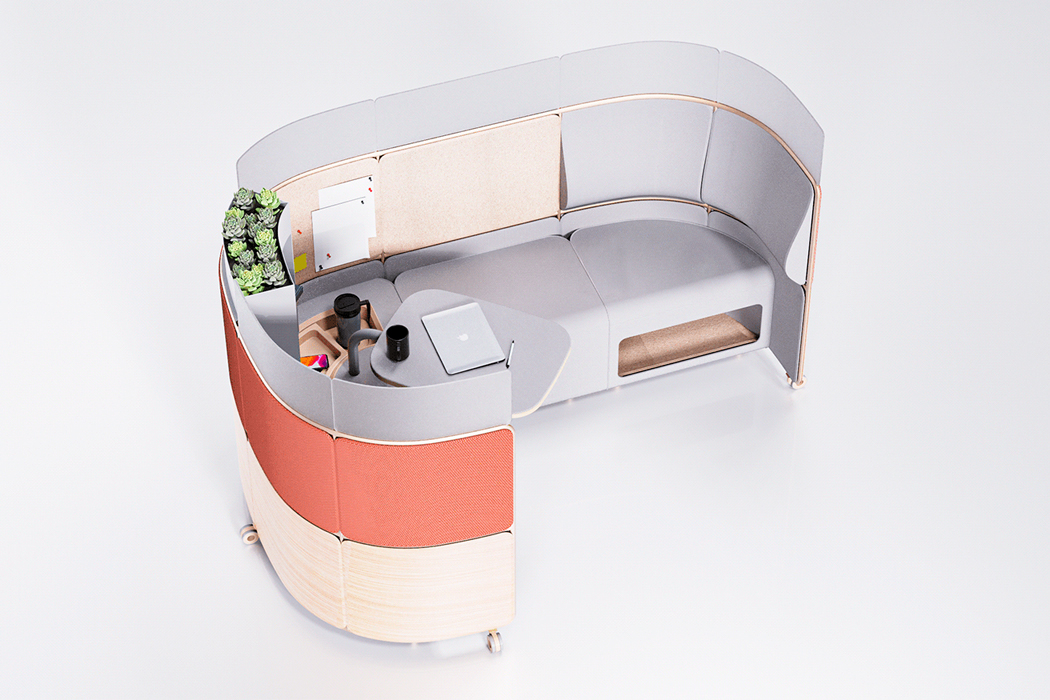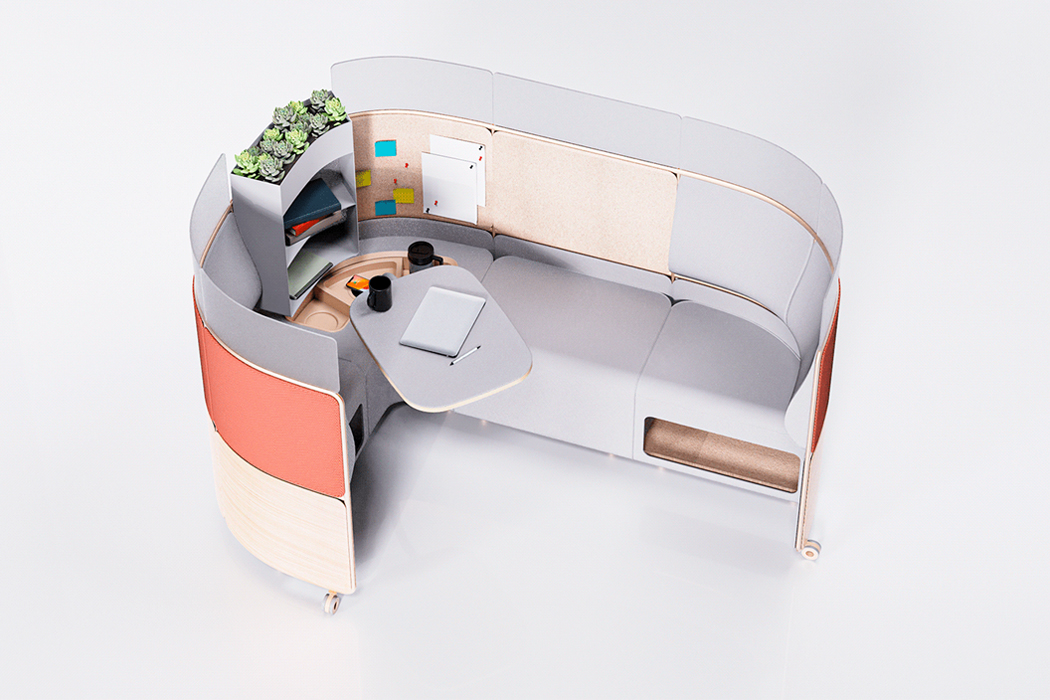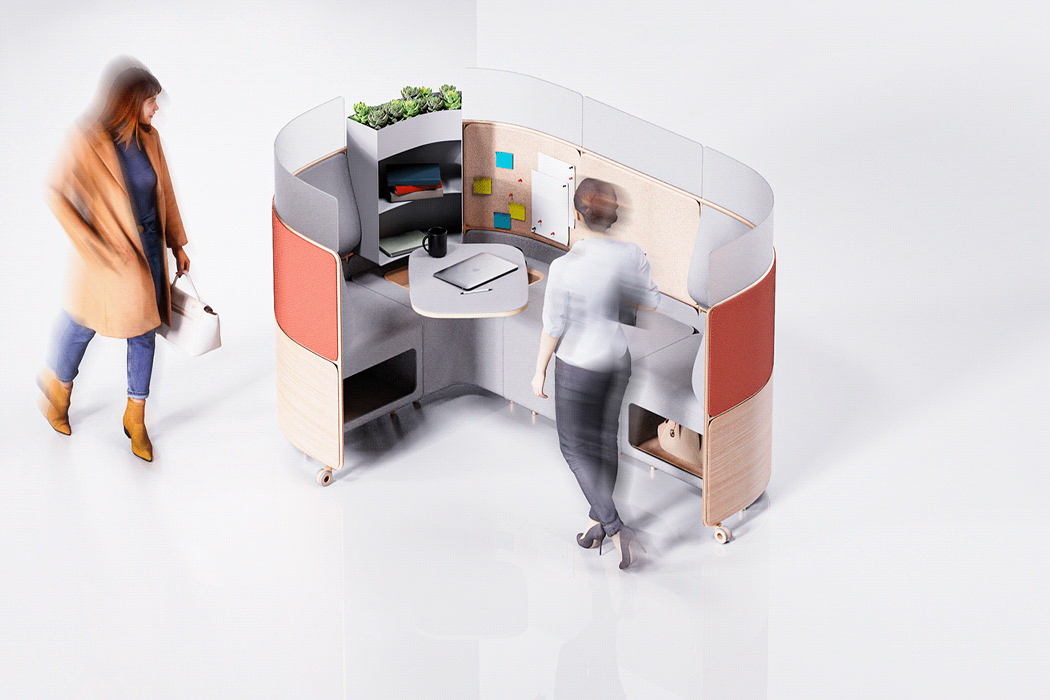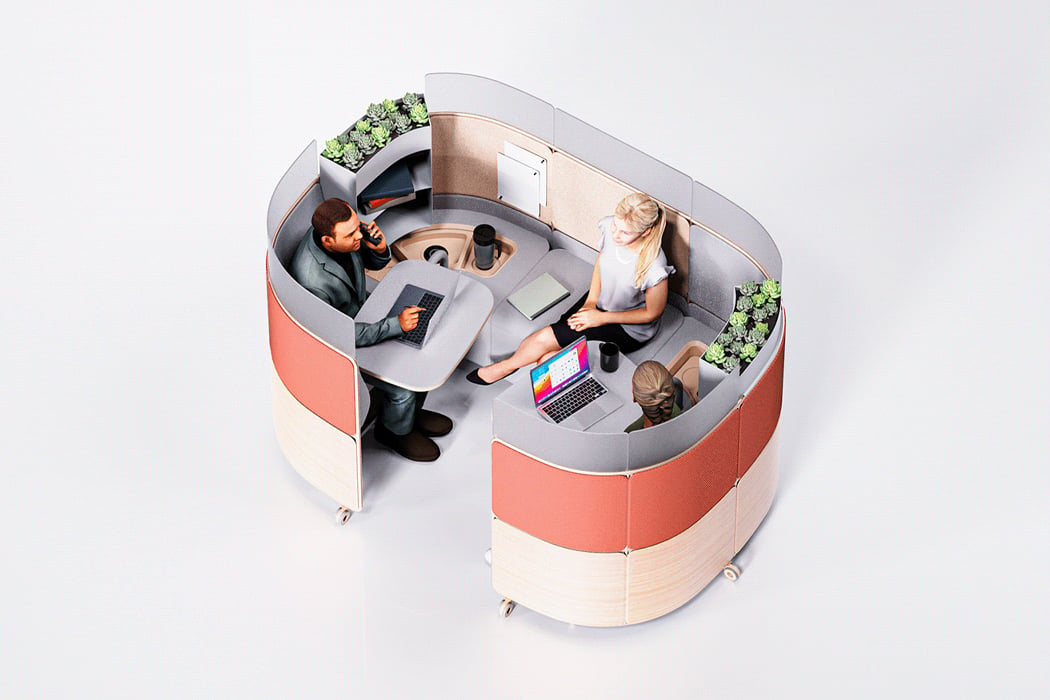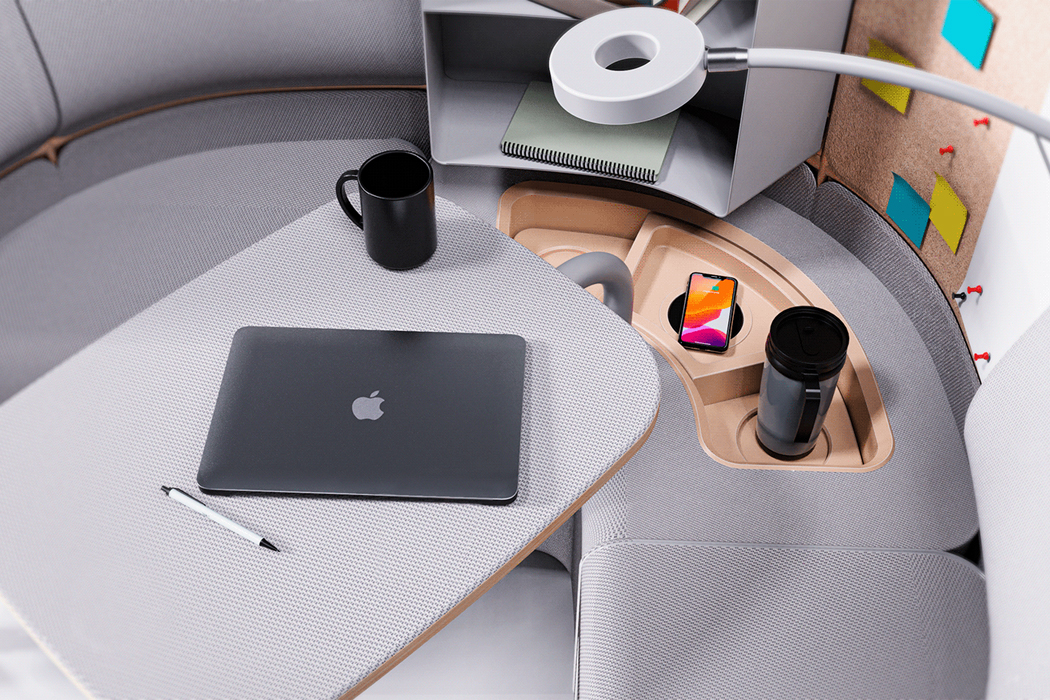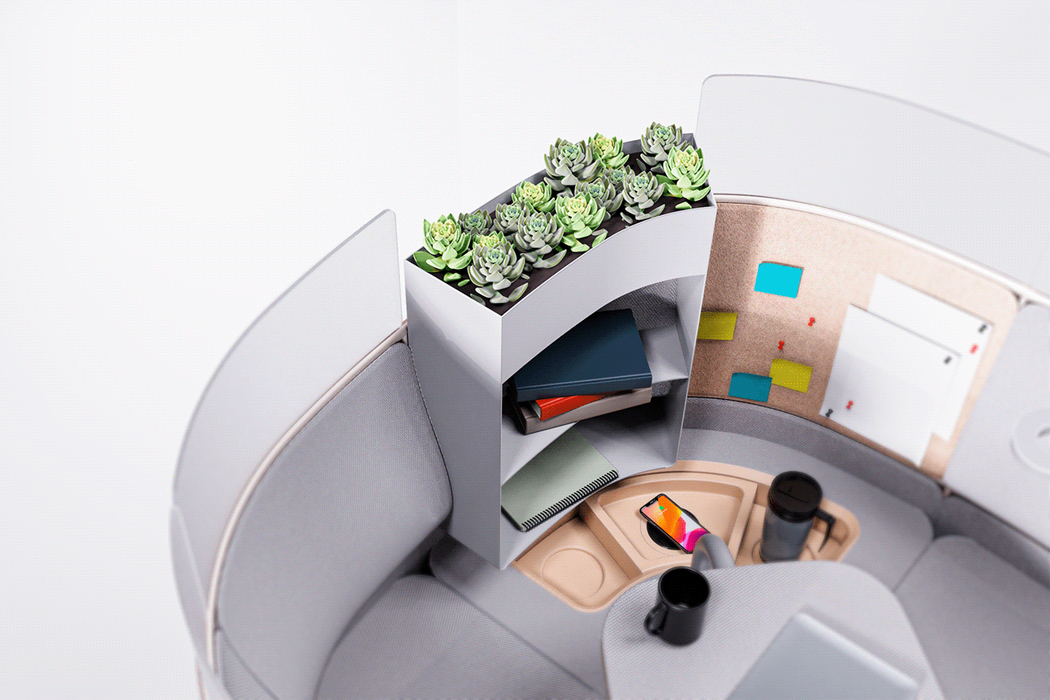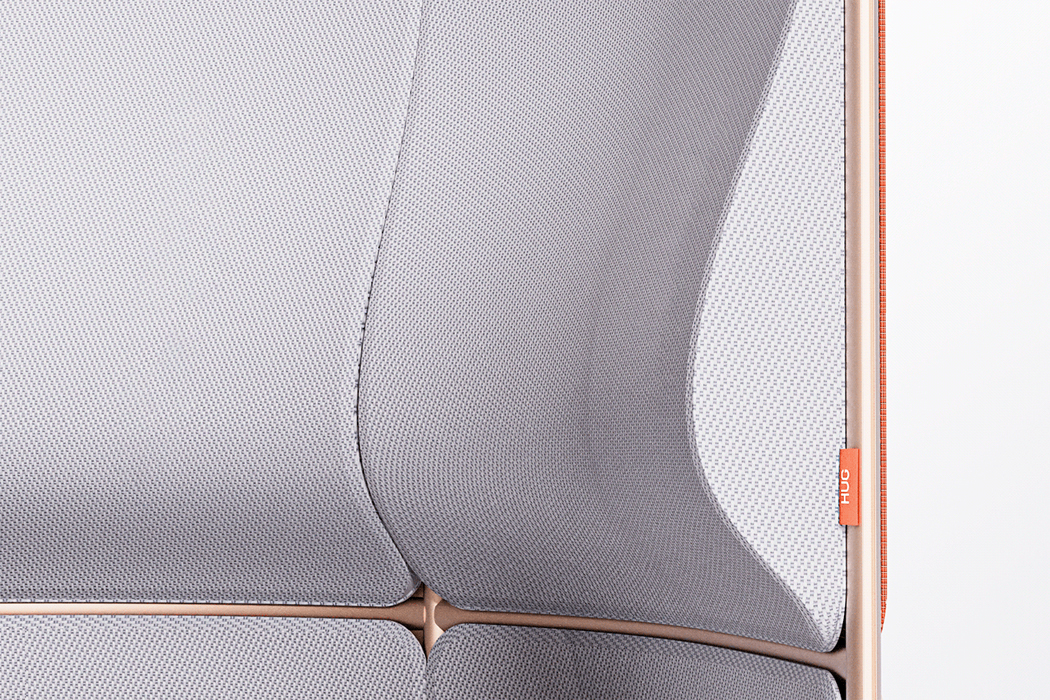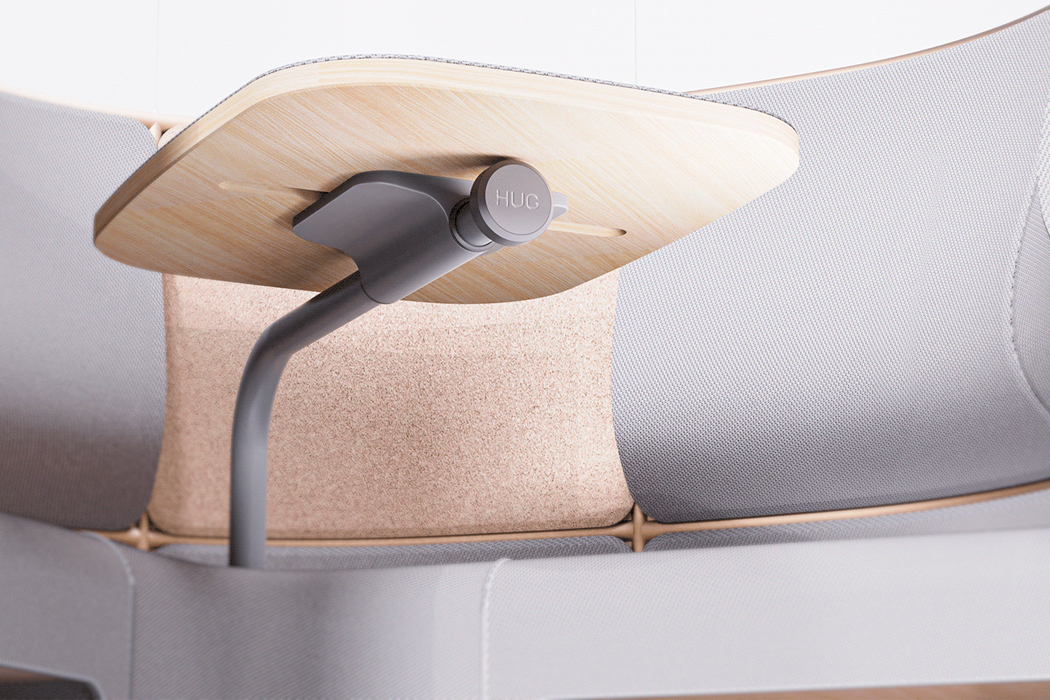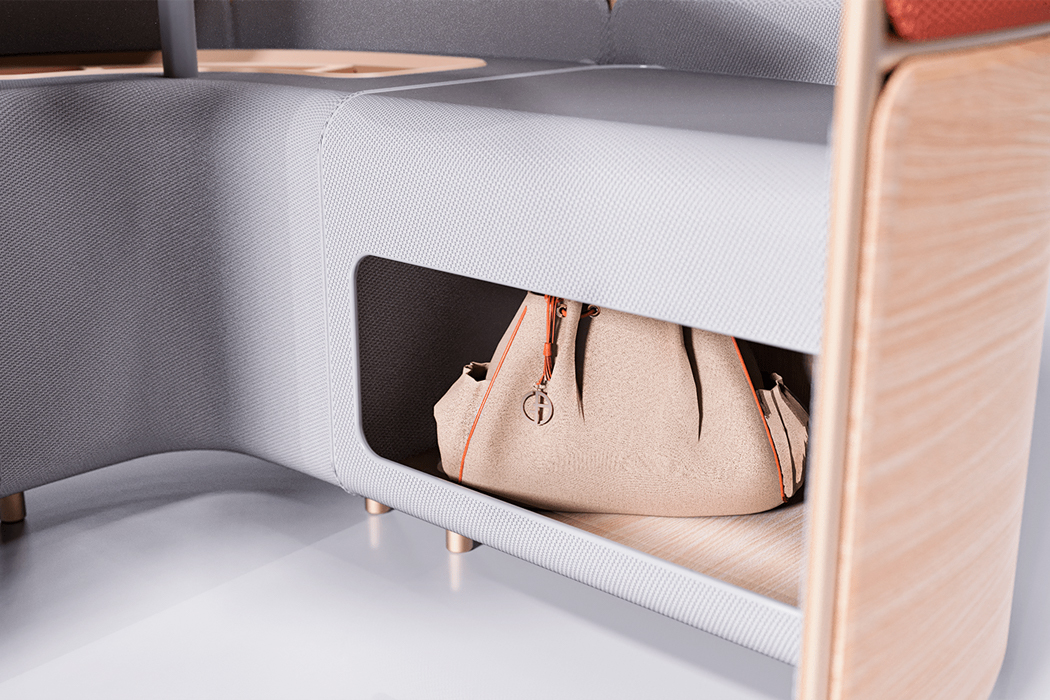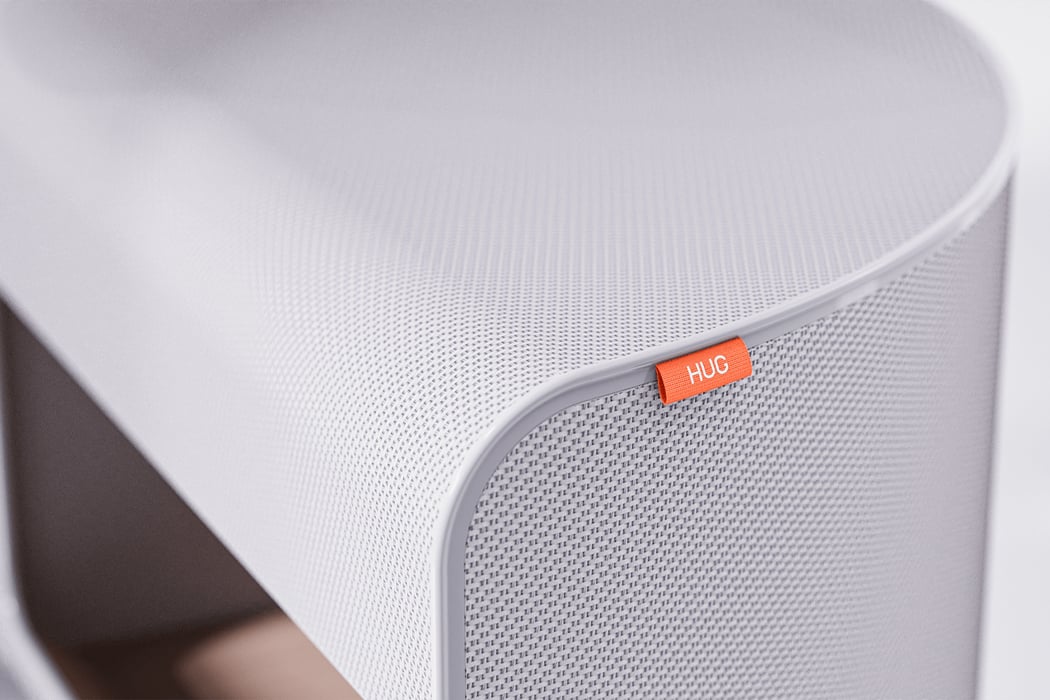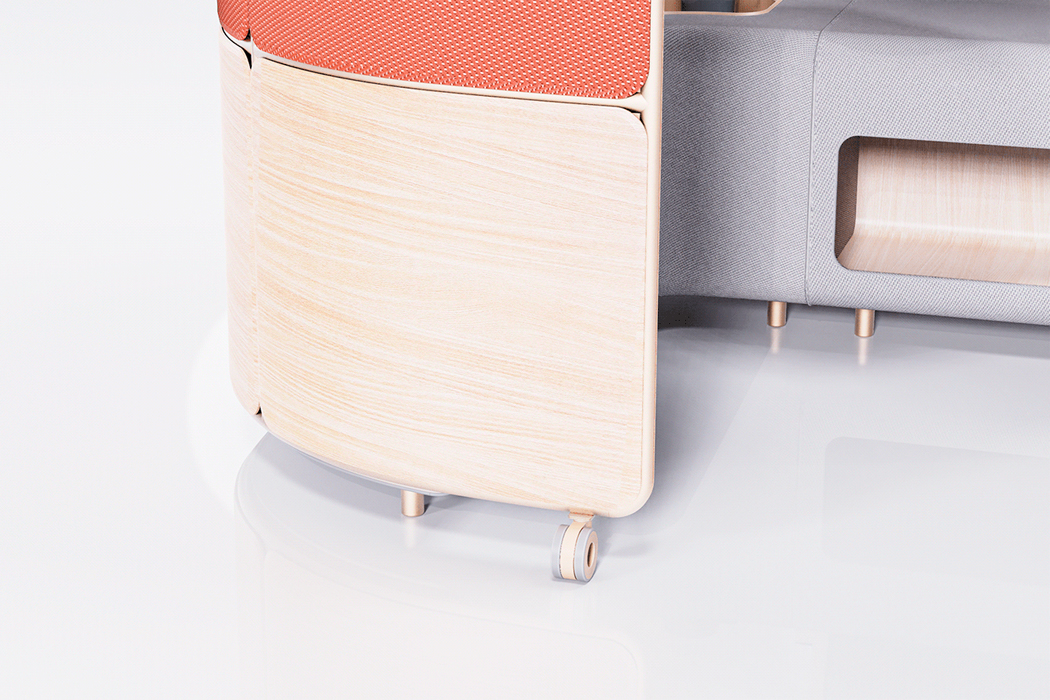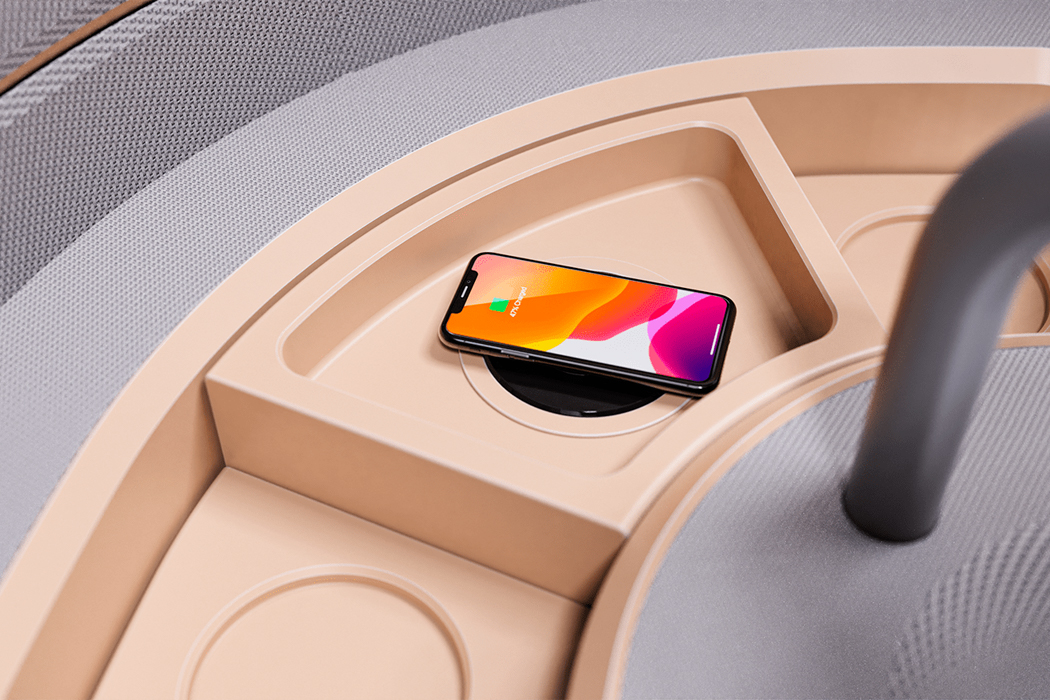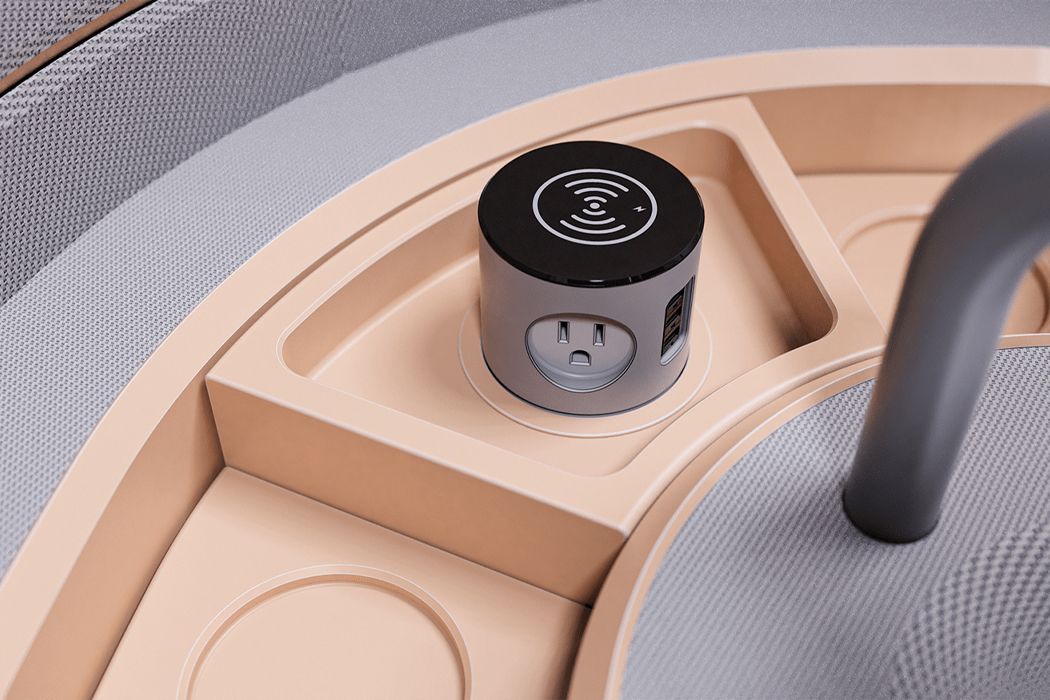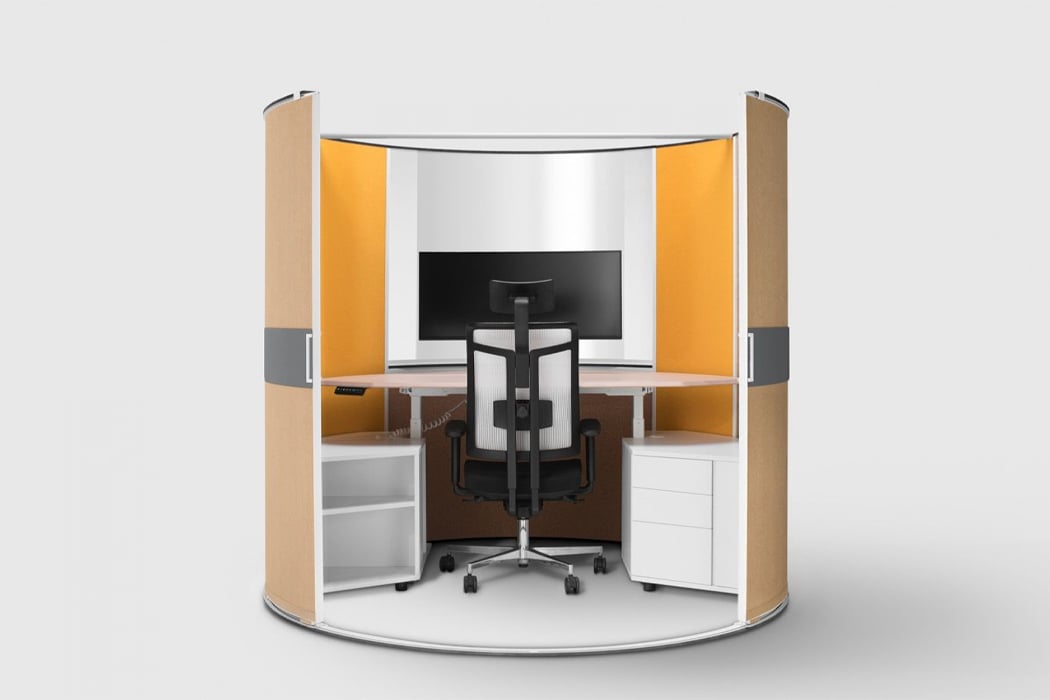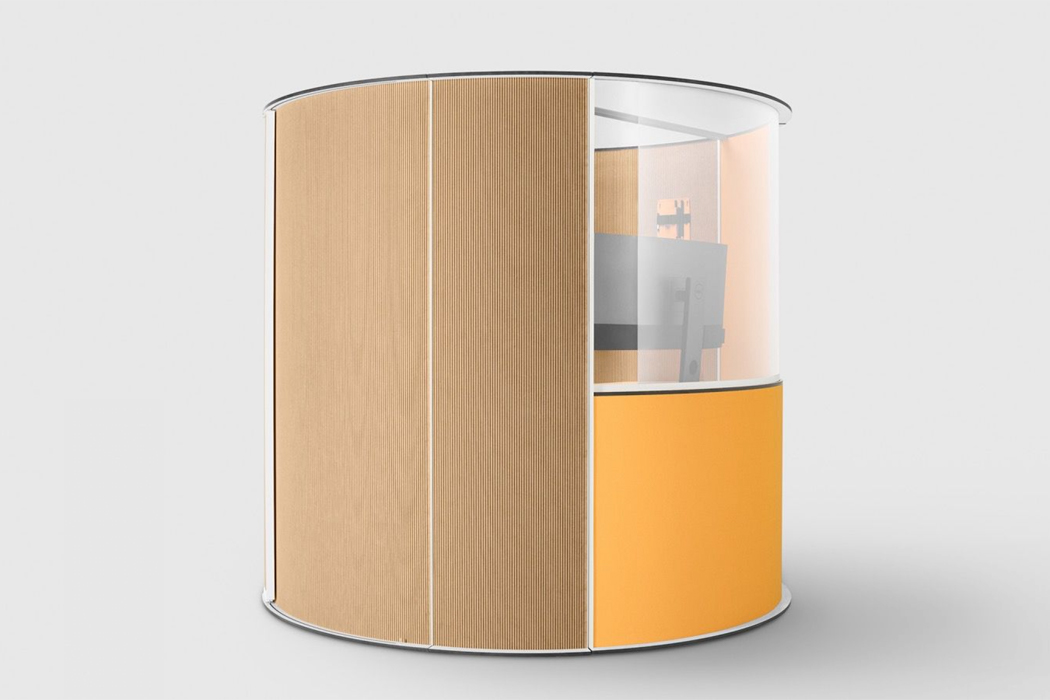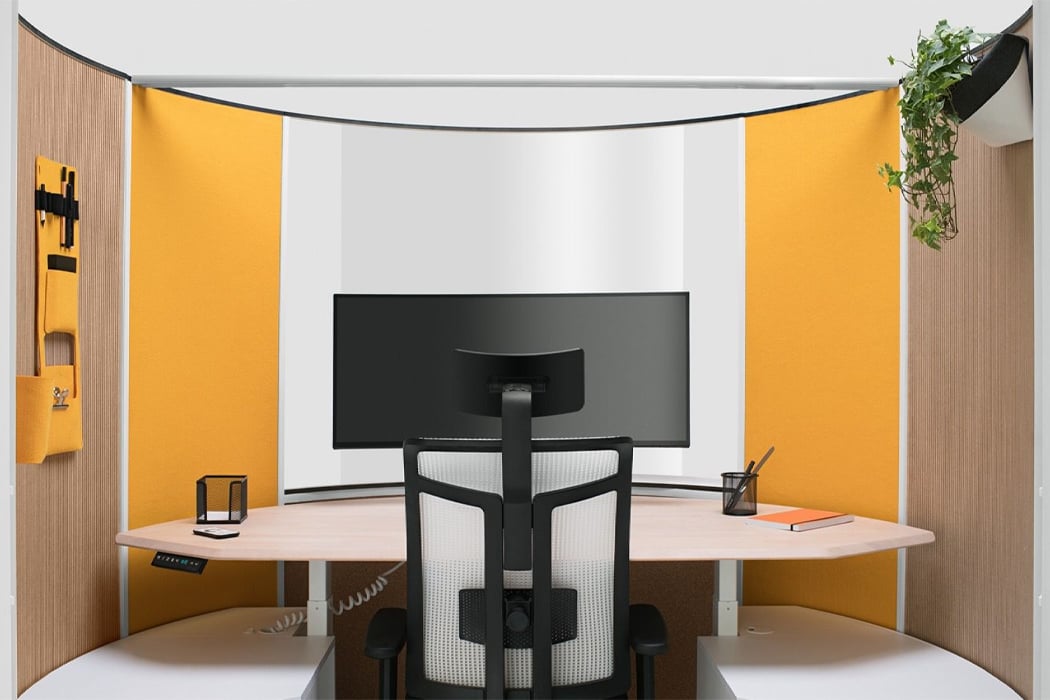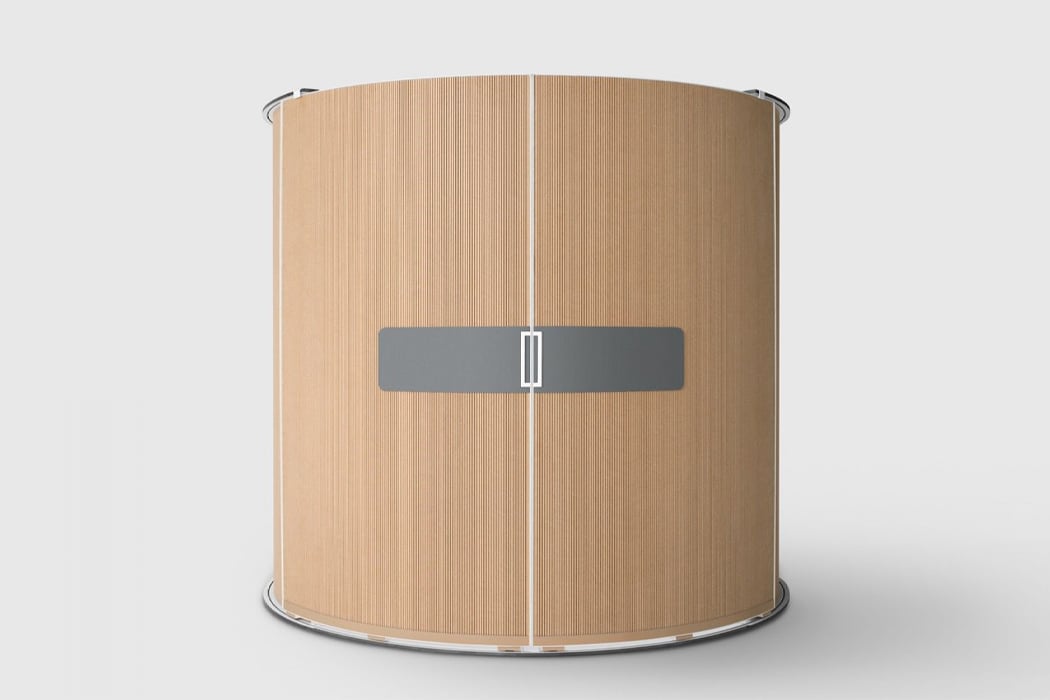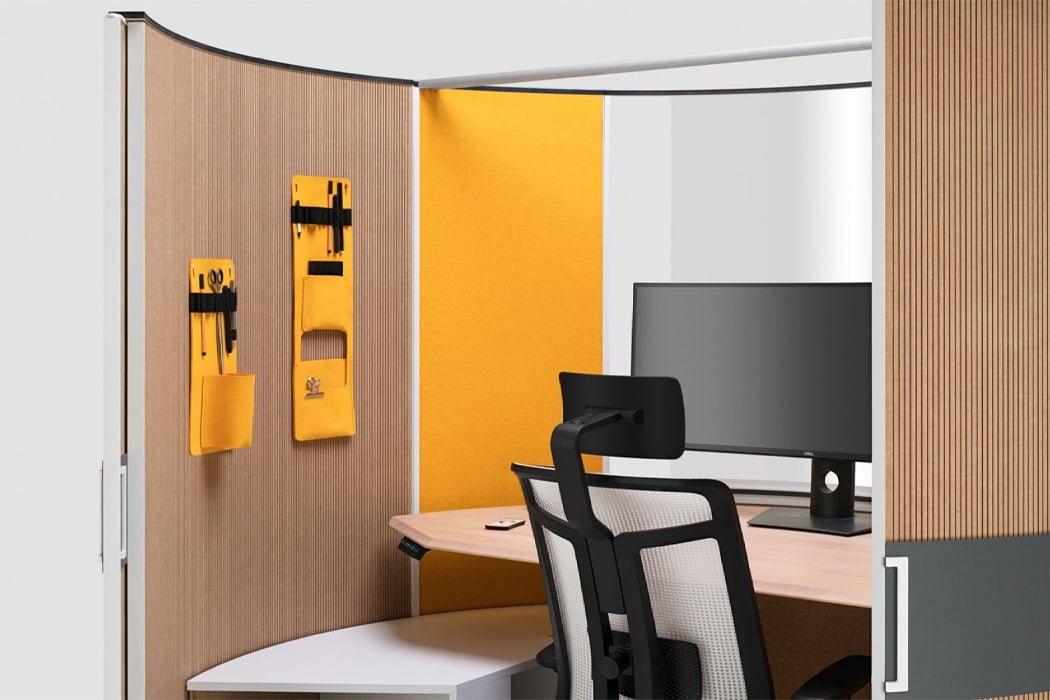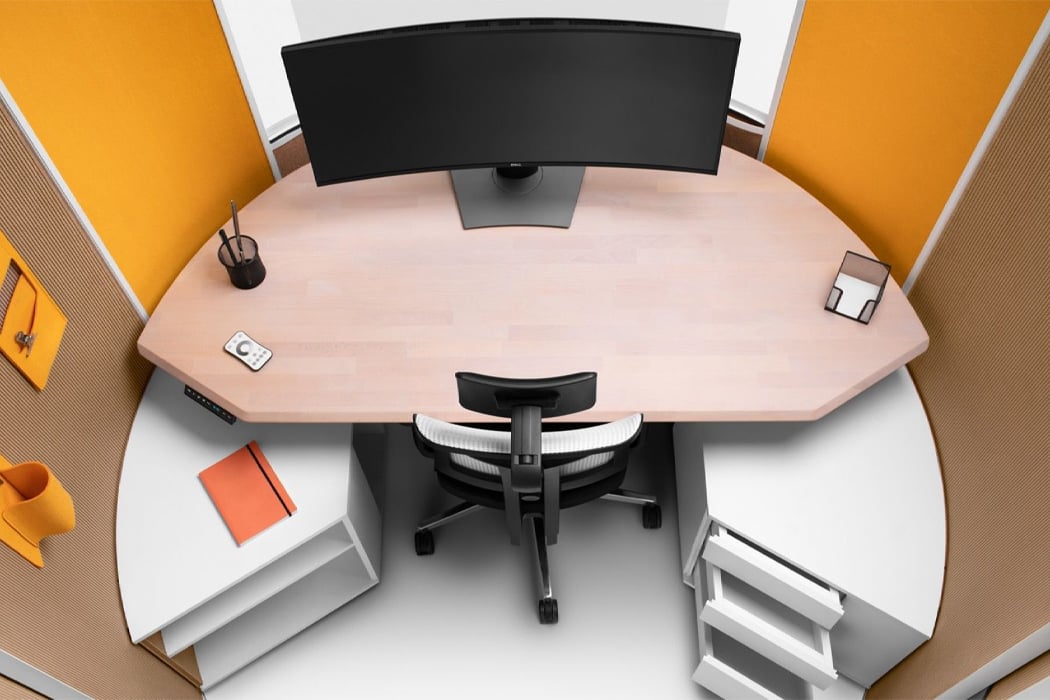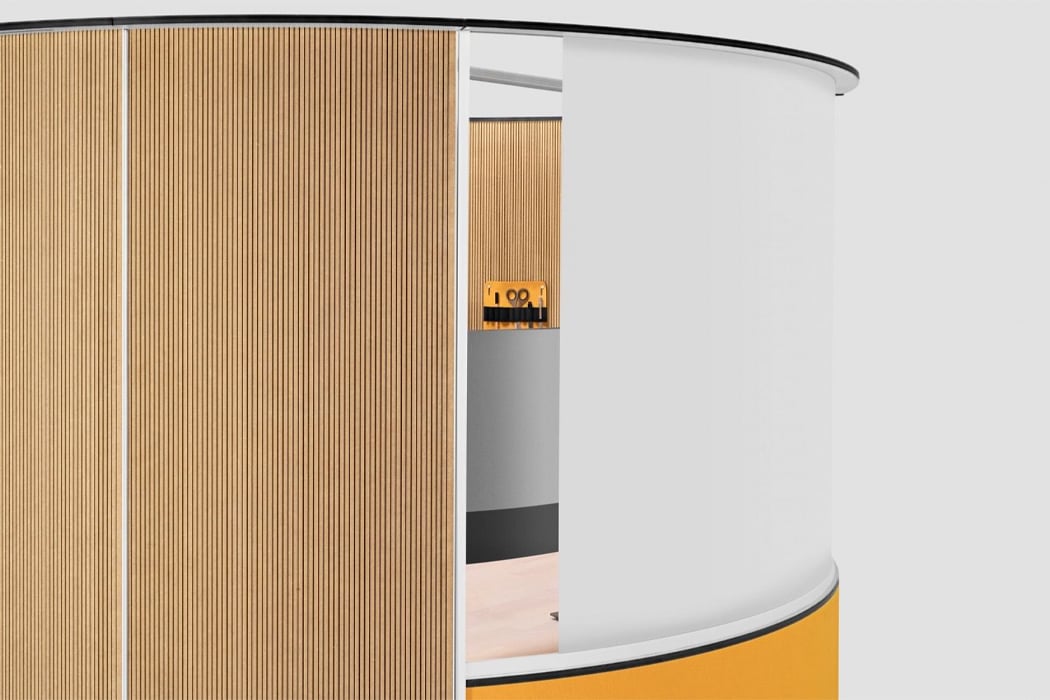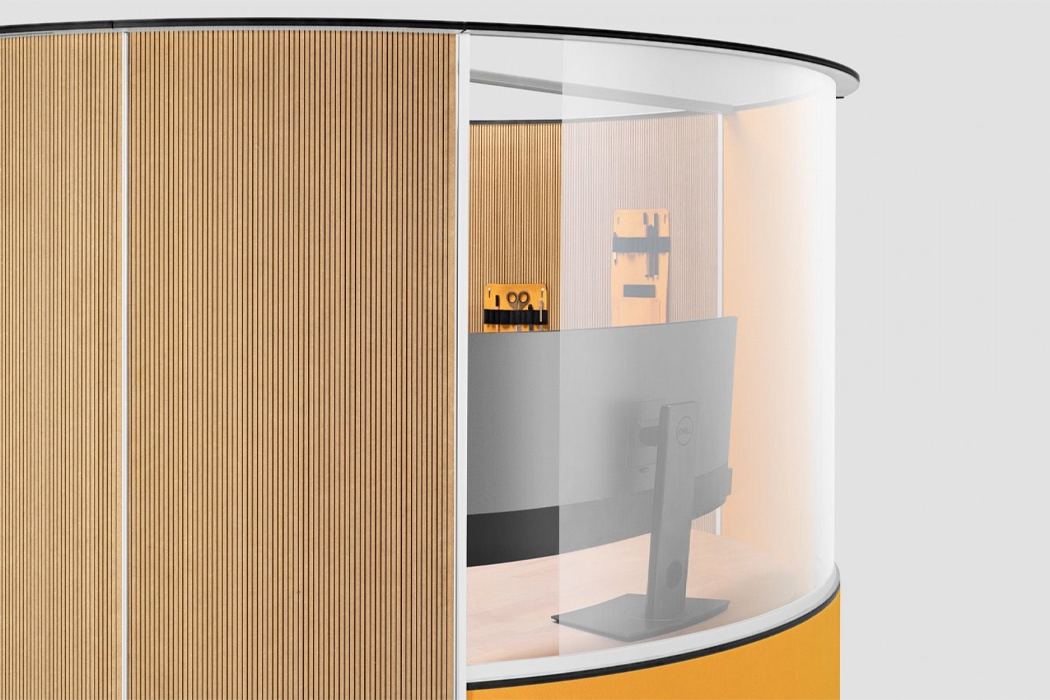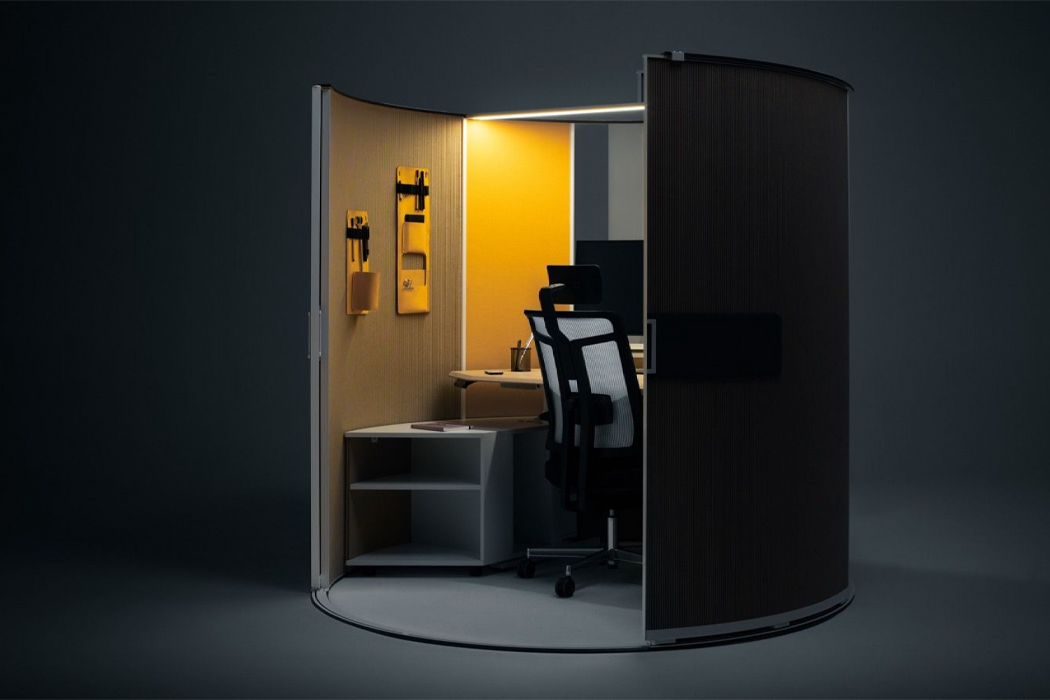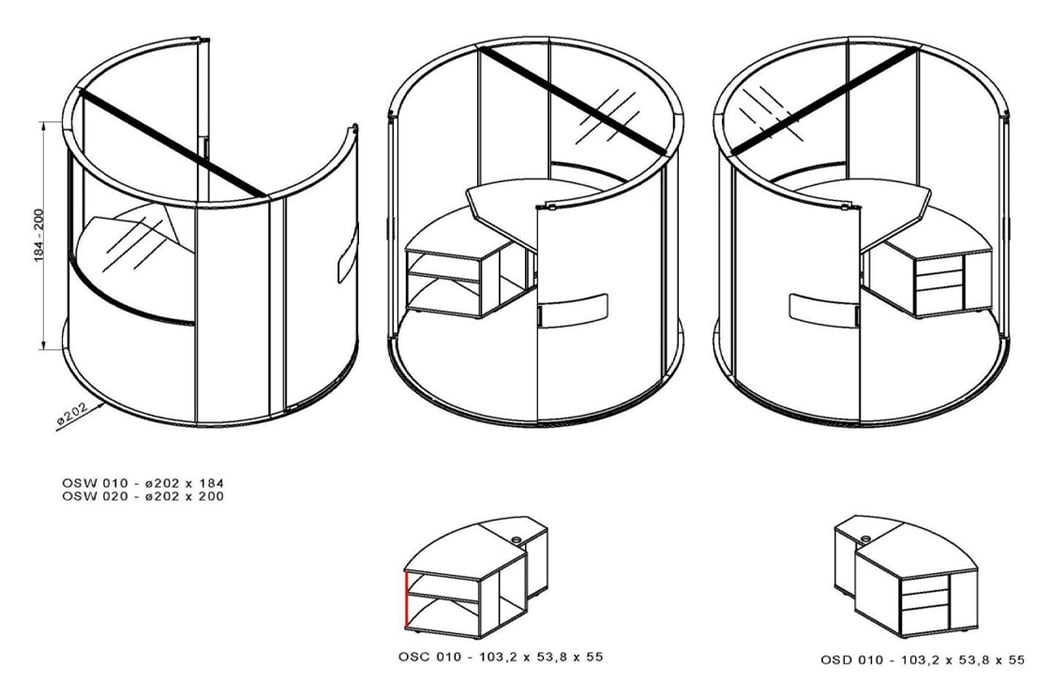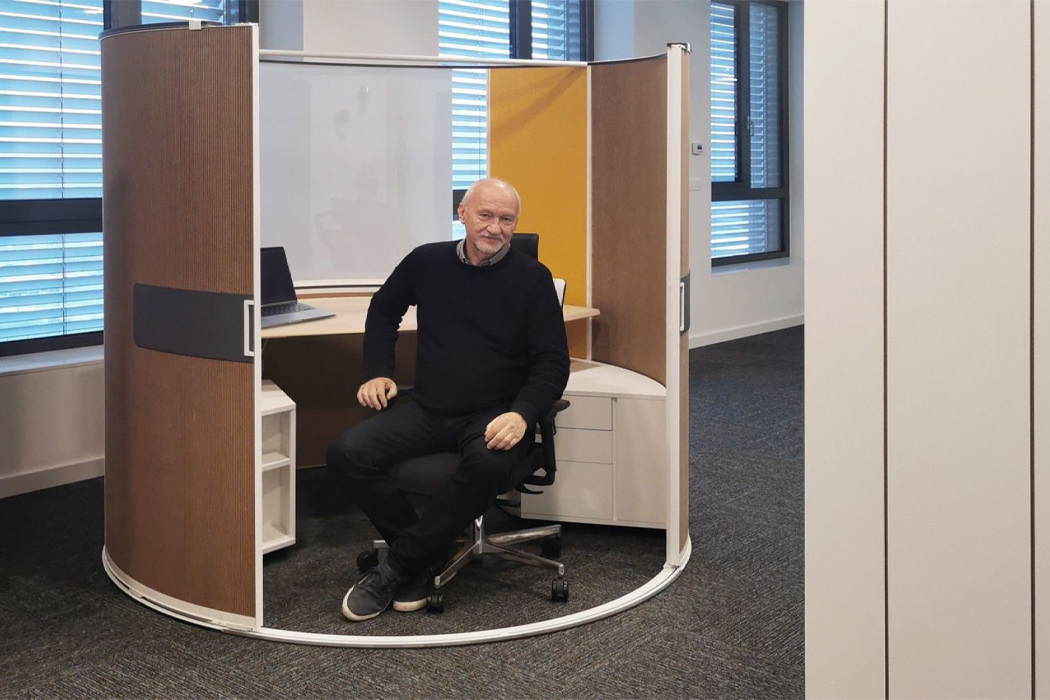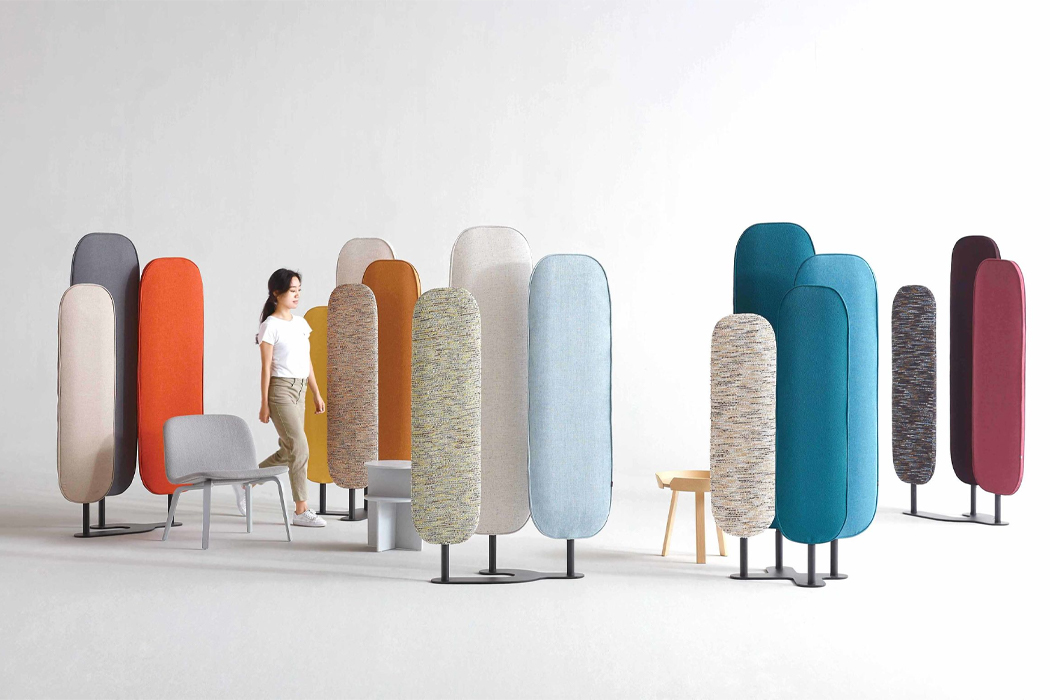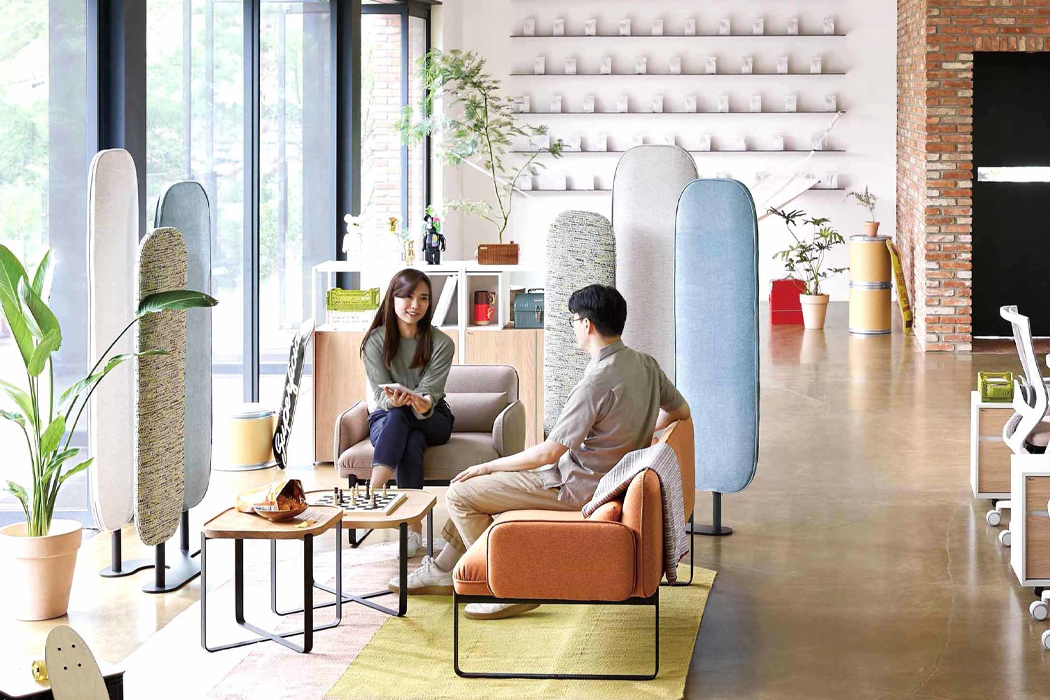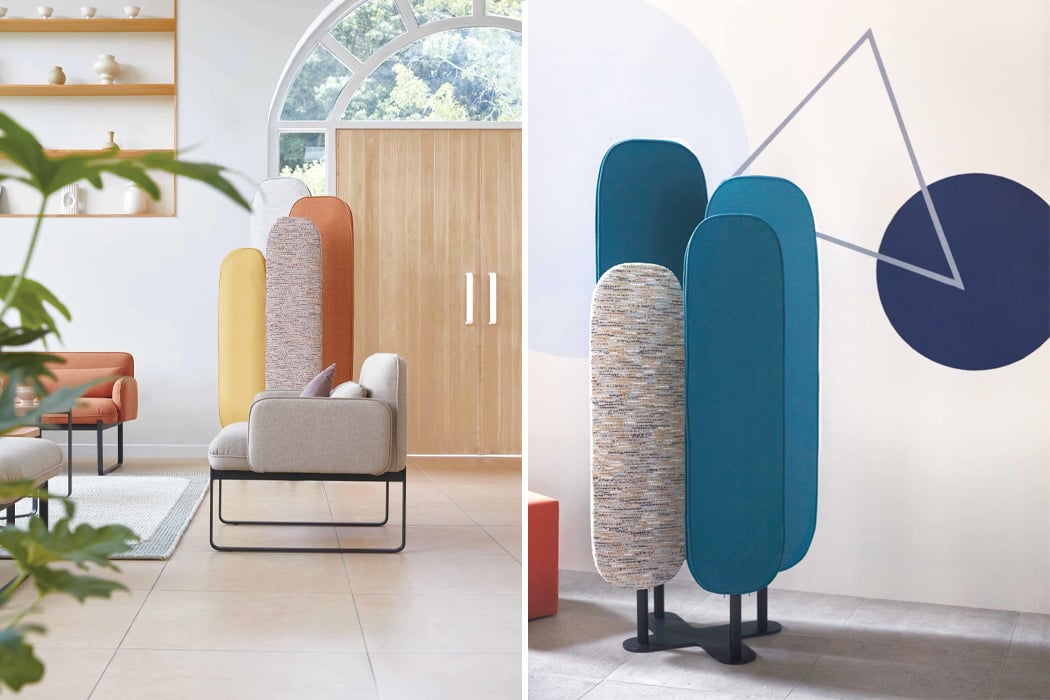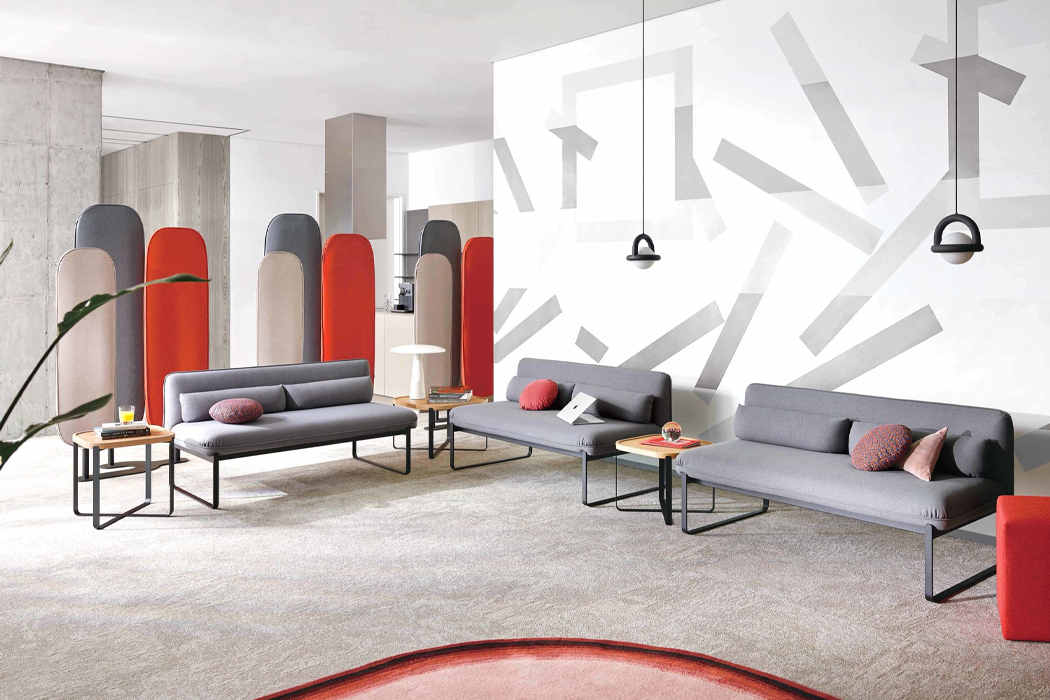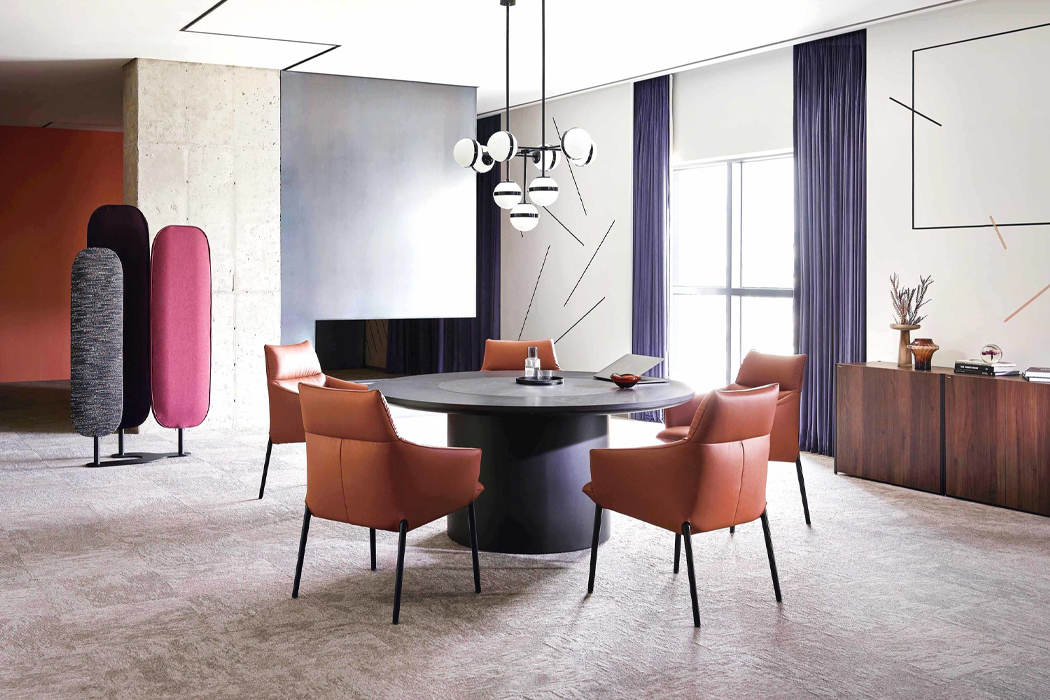There are ongoing privacy concerns about smart speakers and smart displays that always listen in on you, but this concept actually has a valid reason to.
Speakers and screens that act as hubs for our smart home are becoming more common these days. From Amazon to Google to even Apple, there is no shortage of companies that have products always ready to listen to your voice or even see your face. Those scenarios can sound a bit uncomfortable and almost frightening for some people, but a brand design agency is trying to reframe these technologies in a more positive light by giving smart assistants a more friendly face, almost literally, too.
Designer: Recipe Design
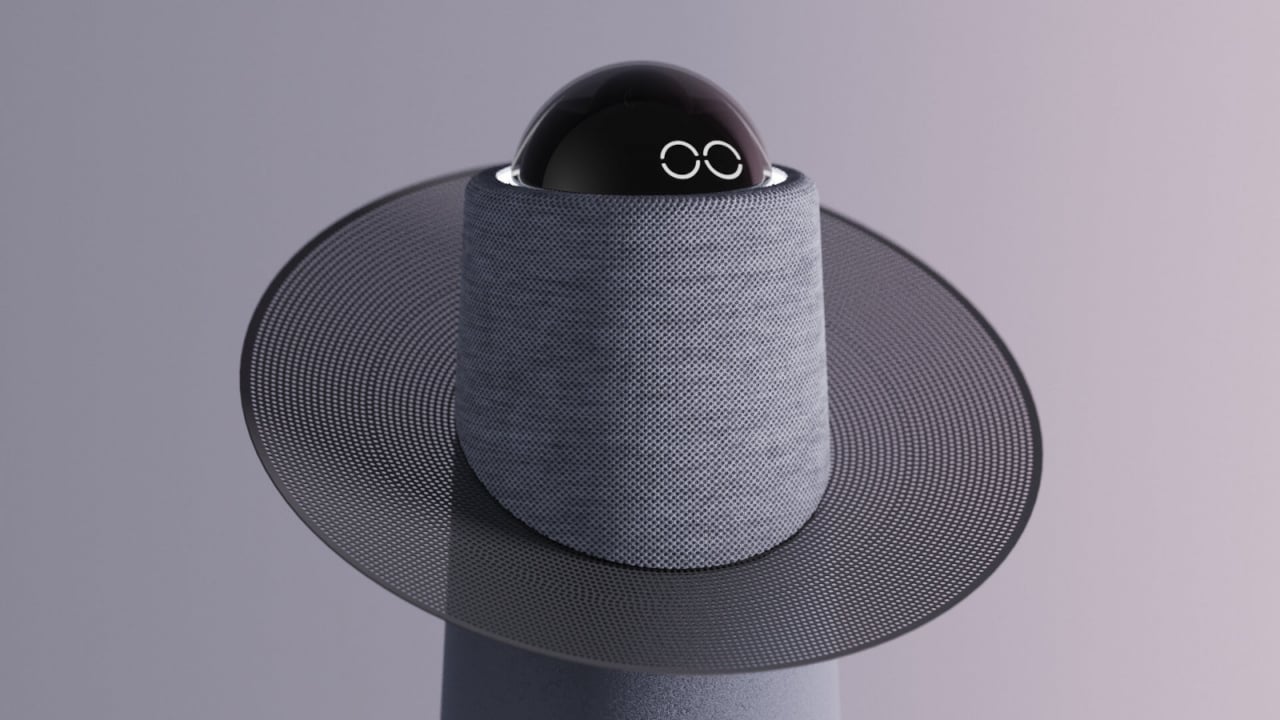
![]()
The Soove doesn’t look like your typical smart speaker aside from its conical shape and the customary use of fabric that wraps around the product. It has an odd collar-like ring near the top, actually a sound cone that makes it more sensitive to almost every audio nuance around it. The most eye-catching part of the design, however, is the black glass ball on top and the two eyes that seem to be looking back at you and express some emotions by changing the eyes’ shape.
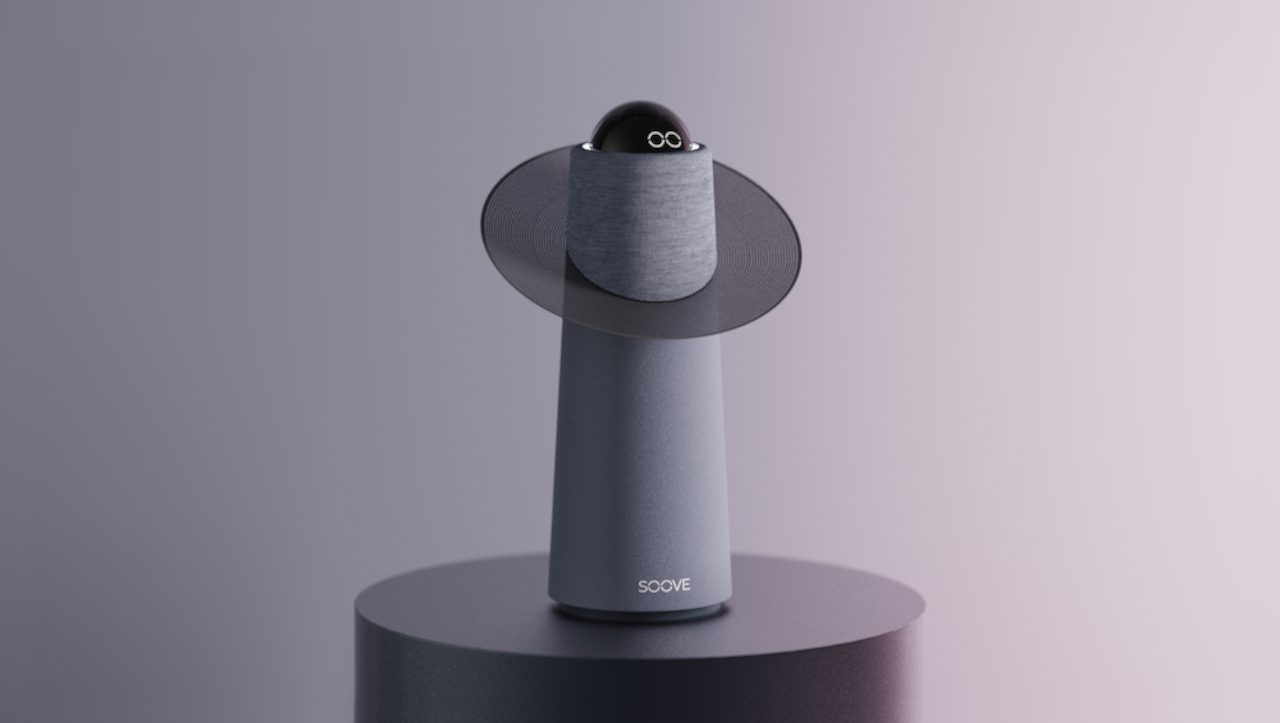
This gives Soove a more friendly face compared to the more utilitarian smart speaker and smart display designs. It is both disarming and comforting, looking like a friend that’s ready to lend you an ear on your stressful day. That’s exactly the kind of emotions that its designers want to evoke because the smart speaker is more concerned about your well-being than turning the lights on or off.
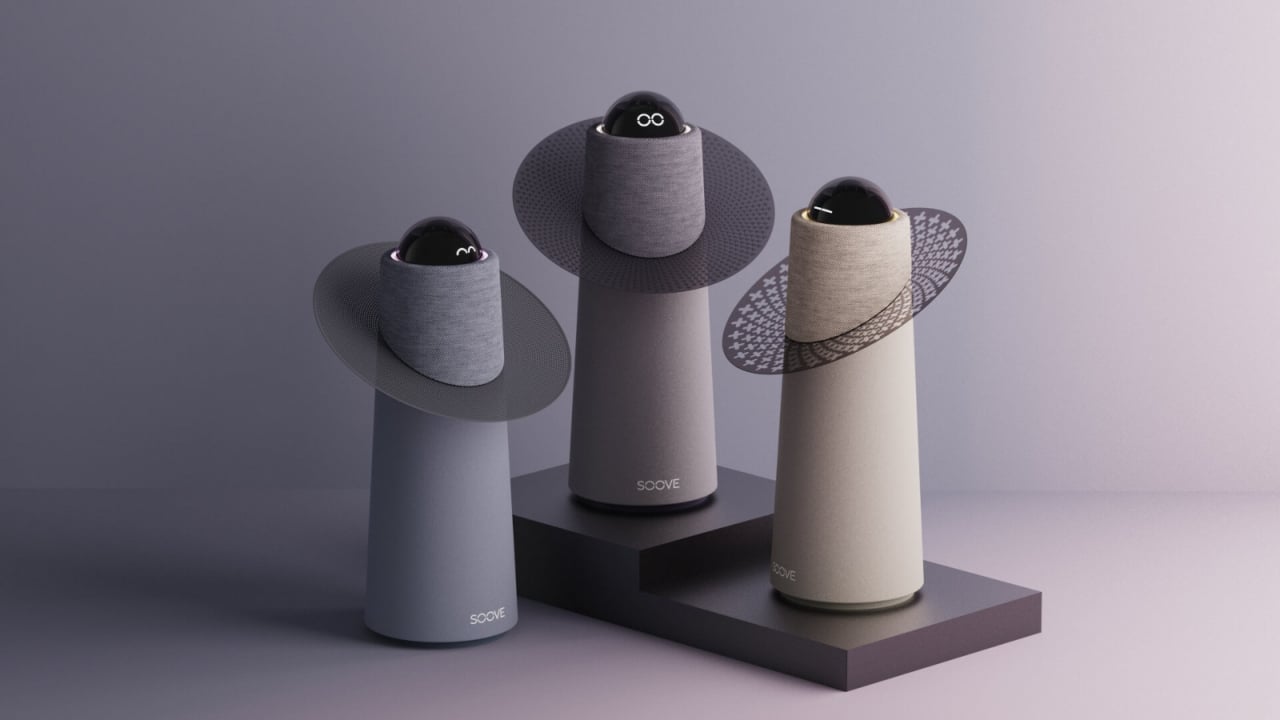
In addition to listening for audible cues, Soove uses facial tracking to recognize a person’s emotions through their facial expression as well as physical states. It can also take into account data coming from other smart devices like wearables or smart appliances. Soove will then adjust the house’s lighting, temperature, or music to create a more pleasant atmosphere or recommend that the owner take a nap or get some fresh air.
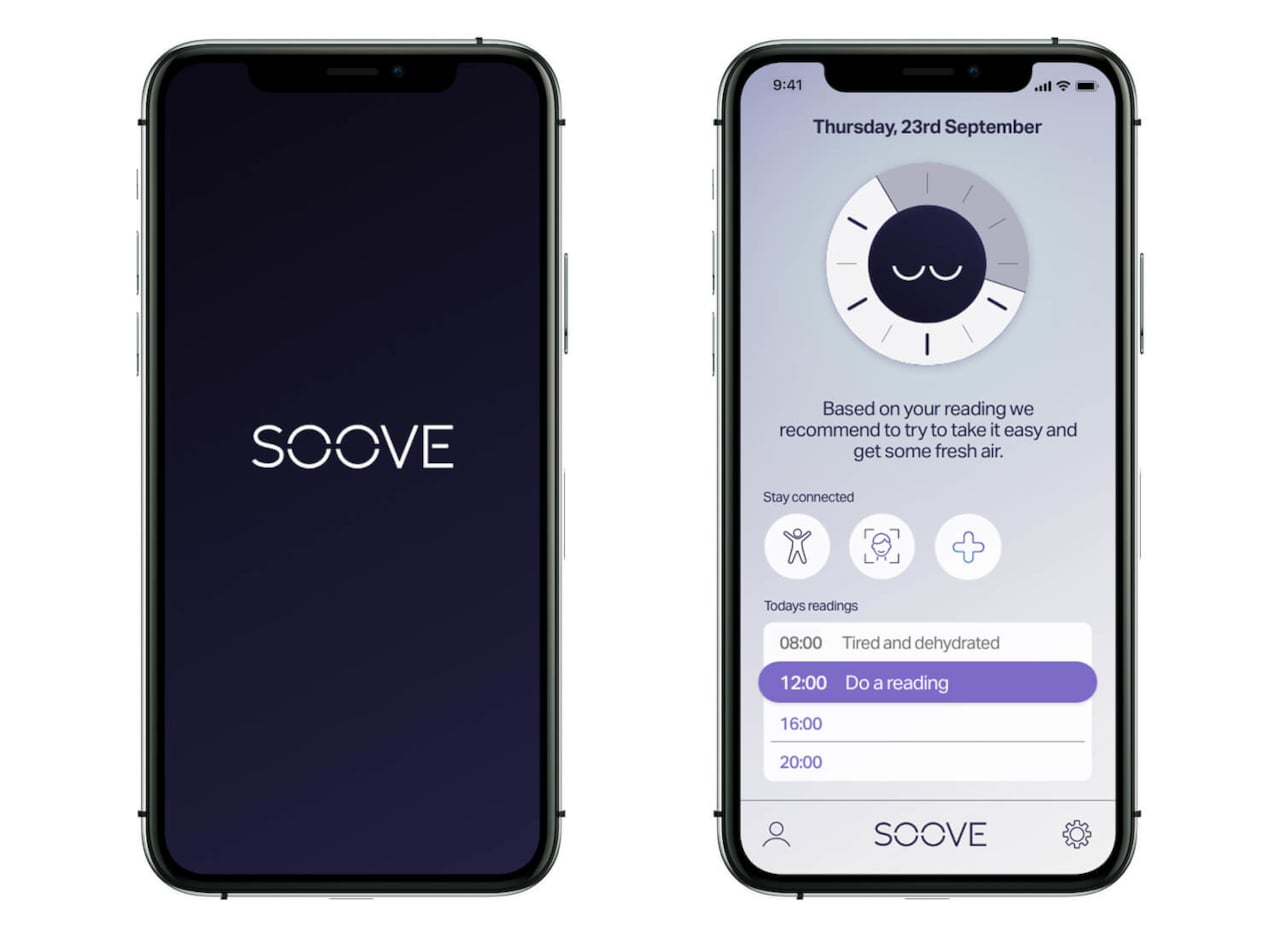
Rather than making a blanket condemnation of face-tracking technologies, Recipe Design wants to demonstrate how they can be put to good use as well. The designer says that “SOOVE aims to change the meaning of existing face-tracking technology by reframing it as a positive enabler beyond surveillance and security. By reframing existing domestic and commercial surveillance technology there is potential to disrupt home monitoring and create an innovative new category designed to influence and drive sensory cues around the smart home to improve our sleep behaviors.”
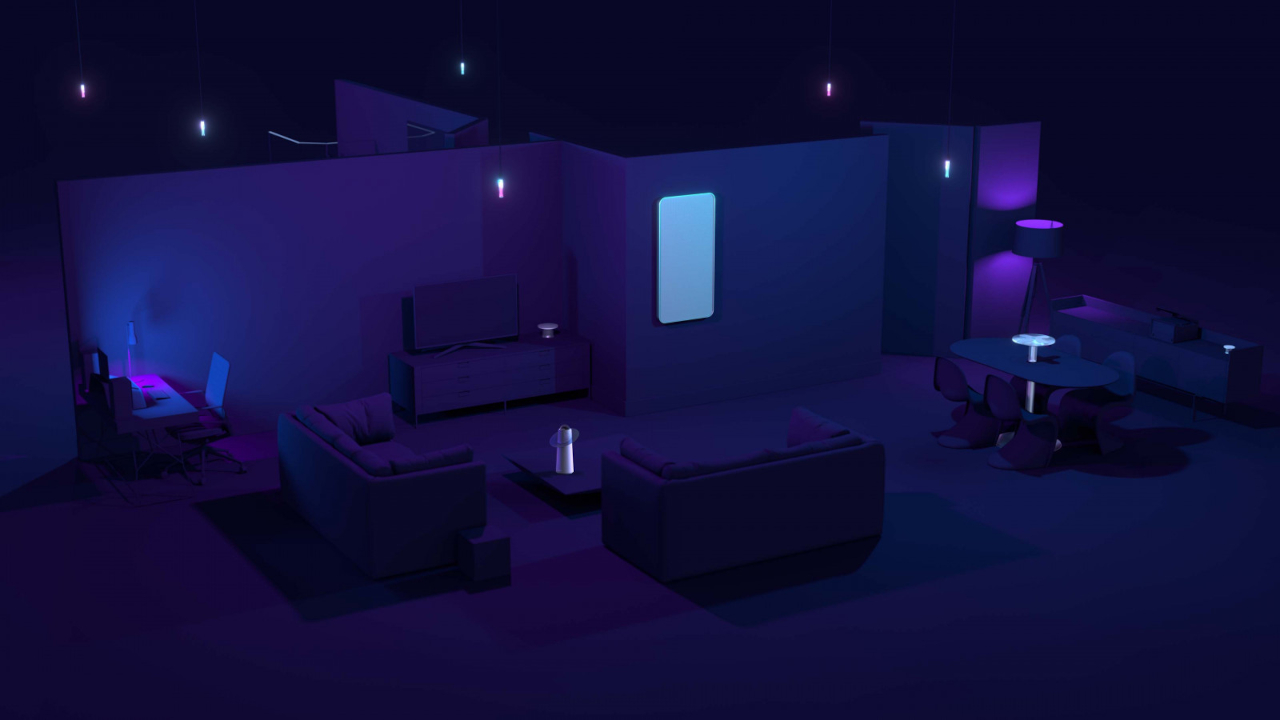
The post A smart speaker concept you might actually want to keep track of your face at home first appeared on Yanko Design.
